The Origins of Ford’s Retractable Hardtop
By Jim and Cheryl Farrell
Gil Spear was not only a good artist, he had the ability to understand and resolve complex engineering issues. He was easy going but also had a mischievous sense of humor. On the way to work one morning in late 1948 he pulled up along side someone driving a new ’49 Buick Riviera, one of GM’s first hardtop-convertibles. Spear thought calling the car a hardtop-convertible was false advertising, so he insisted the driver put the top down. The other driver got a perplexed expression on his face, the light turned green, and Spear drove away chuckling to himself.
By the time he arrived at work that morning, Spear thought he could design a car with a roof that actually retracted. His first design was a car with a top that slid back over the deck lid, with the backlight parked over the rear license plate. Over the next few months, Spear came up with several different methods for collapsing the roof over the top of the deck lid, and he actually built a 1/8-sized model of it. To try to interest management in his Roof-O-Matic idea, Spear made a top that could actually be retracted over the deck lid of the 1/8 model by means of a wind-up paper clip—and he made up a booklet with all the methods he could think of for making a real retracting roof. Soon, the Ford brothers and the head of Ford Division, Lewis Crusoe, were winding and unwinding the paper clip and then studying his booklet. In the meantime, assistant design manager Gene Bordinat convinced Spear he had a better chance of selling his Roof-O-Matic concept to management if the top could be folded down inside the trunk and not on top of it. The next thing Spear new, Earle MacPherson stopped by, read the booklet, became enthused, assigned a production number to the project—and on the spot authorized Spear to build a 3/8-sized clay model with a working Roof-O-Matic.
Because Spear thought Ford Division was most likely to actually produce a Roof-O-Matic, he drew up plans for a Ford Roof-O-Matic, but the 3/8 sized clay model he designed as a flashy concept car that would appeal to all divisions. When the 3/8-model was begun, Spear named it the Syrtis. Although the name “Syrtis” refers an area of the moon or a place in the Sahara Desert, Spear picked the name as the most unusual one he could think of so people would ask about it. It worked.
Spear was assisted with the design of the Syrtis by designers Jim Huggins, George Krispinsky, and Ben Kroll. The clay modelers were Larry Wilson and Michell Rukat, and the studio engineer was George Martin. Howard Fifield from the metal shop made the metal top for the 3/8-sized model. The shops also rigged up a small electric motor that ran the top into the trunk and back up again. The 3/8-sized model was finished in June 1952. At first there were no plans to make the Syrtis public—until a photographer included a photo of the 1/8-sized model—paper clip and all—in a book for Ford’s 50th anniversary. The cat was out of the bag and a press release soon followed.
Jim Huggins was soon recruited by Chrysler, and a retractible concept car he designed there was supposedly built at Ghia. It was said to be with the Norseman when the Andrea Doria sank while bringing the cars back from Italy. Bill Ford wanted the retractible concept for the Continental Mark II program he was just starting. Benson Ford also wanted it for the XM-800 Mercury concept car, which was supposed to be the prototype for a new Mercury model named the Monterey. Ford’s board of directors backed Bill, and that led to a Continental Mark II retractible prototype called the Mechanical Prototype (MP) # 5. After MP#5 was successfully completed, it was decided a production Mark II retractible was not in the cards. But a retractible model called the Ford Skyliner was produced from 1957-59.
In 1953, when it was decided to build a Mark II retractible, the Syrtis 3/8-sized model was moved to the location where the Mark II retractible being built. Sometime in 1956–57, Spear got a call from Fifield, who was in tears. Fifield told Spear the Syrtis was being busted up out on the loading dock. Spear got there just in time to see a pile of rubble that used to be the Syrtis, but he never found out who ordered it destroyed.
The XM-800 concept car was built, but it wasn’t a retractible, and it never became a new Mercury model. Instead, it was replaced by the Edsel—and we all know how that turned out.
Photos: Ford Design
Books by Jim and Cheryl Farrell
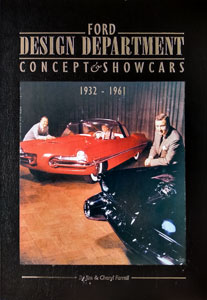
Ford Design Department—
Concepts & Showcars
1999, 10×13, 400 pages, Fully indexed
900 photos. Includes 150+ designers and sculptors, and highlights 100 concept cars.
ISBN 0-9672428-0-0
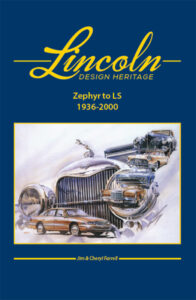
Lincoln Design Heritage:
Zephyr to LS (1936-2000)
2021, 10×13, 480 Pages, Fully Indexed
1,600 photos and illustrations
ISBN 978-0-9672428-1-1
The Ford book is $50 plus $7 S&H (US). The Lincoln book is $85 plus $10 S&H (US). Both books bought together are $110 plus $17 S&H (US). To order, email: cfarrell57@gmail.com

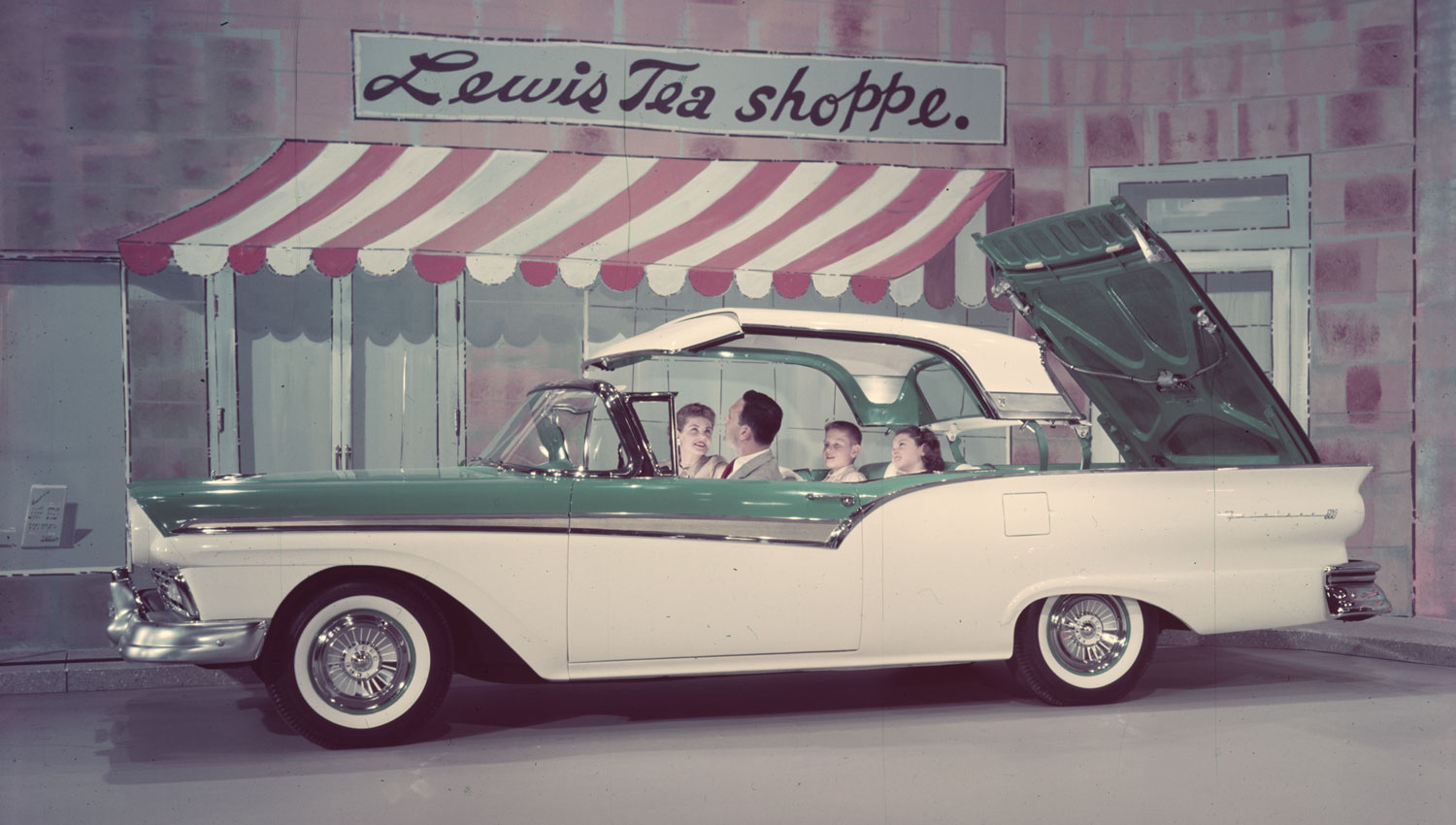
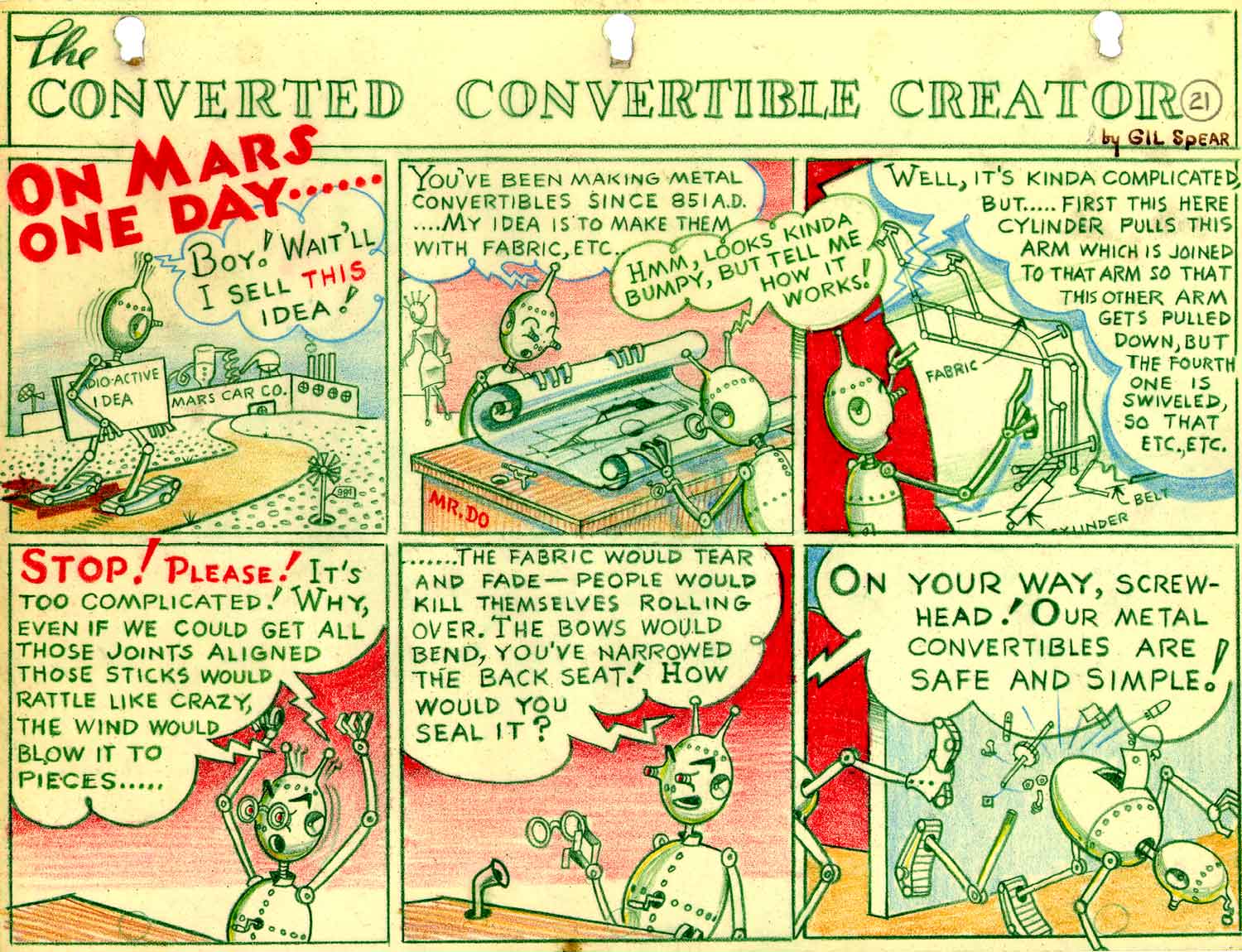
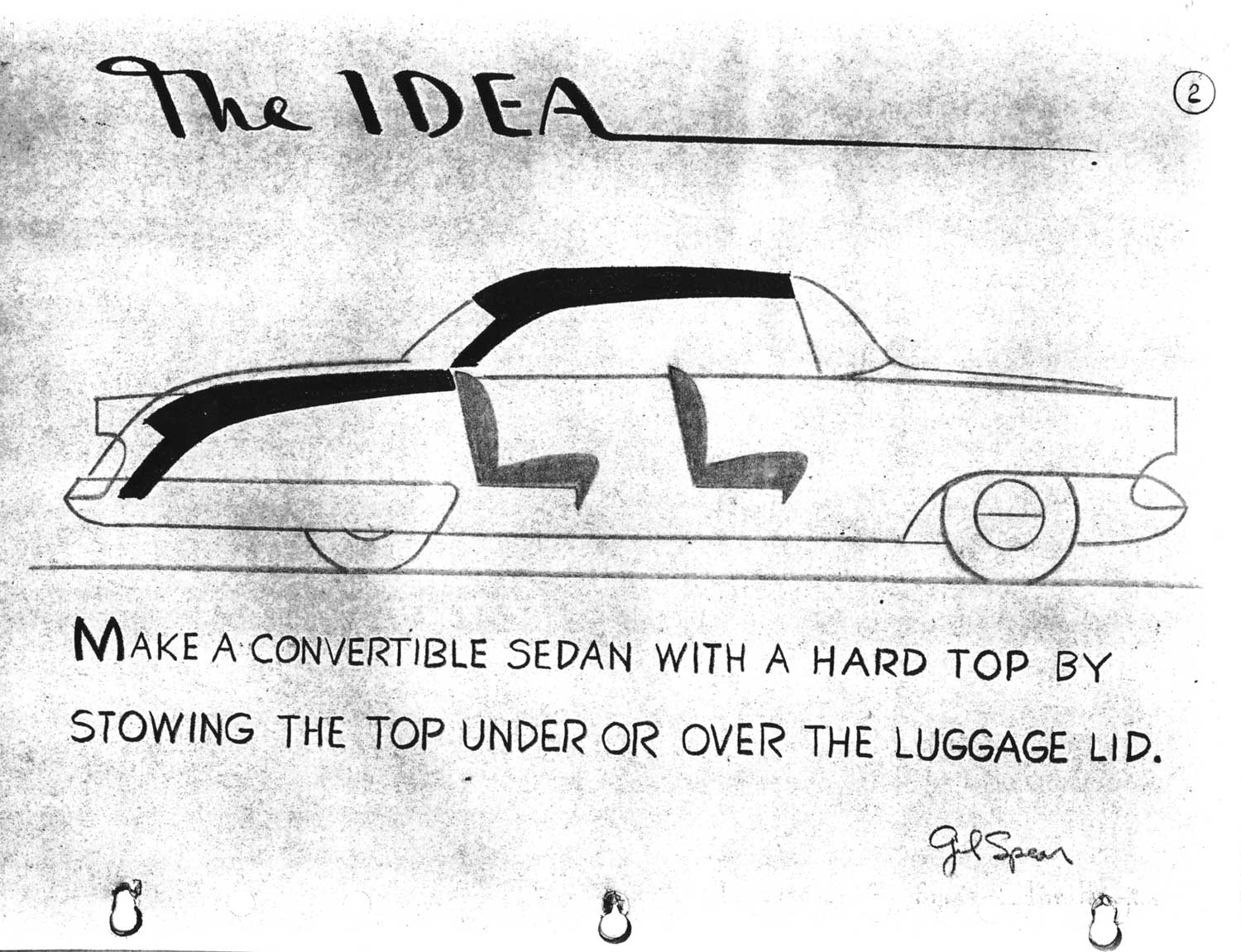
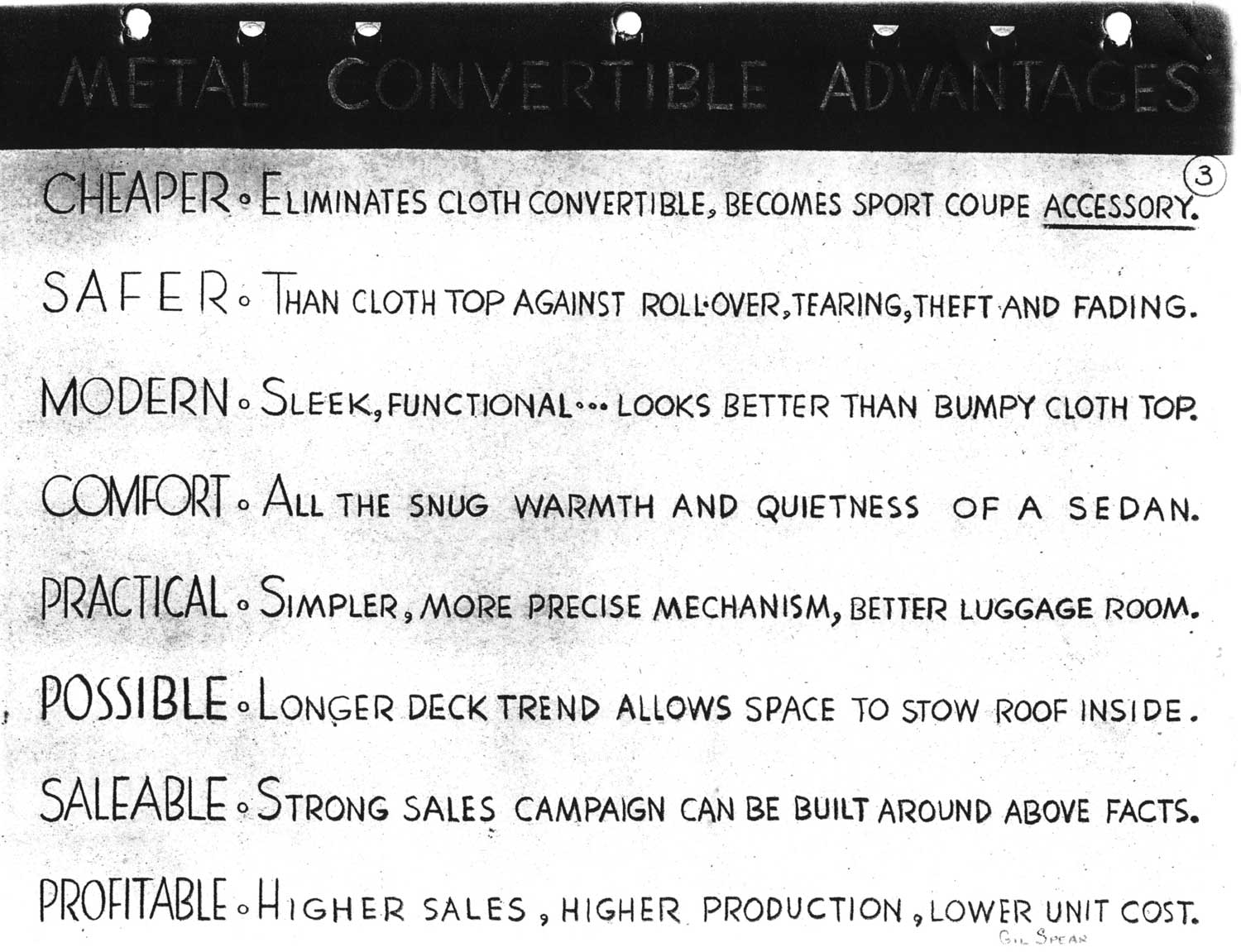
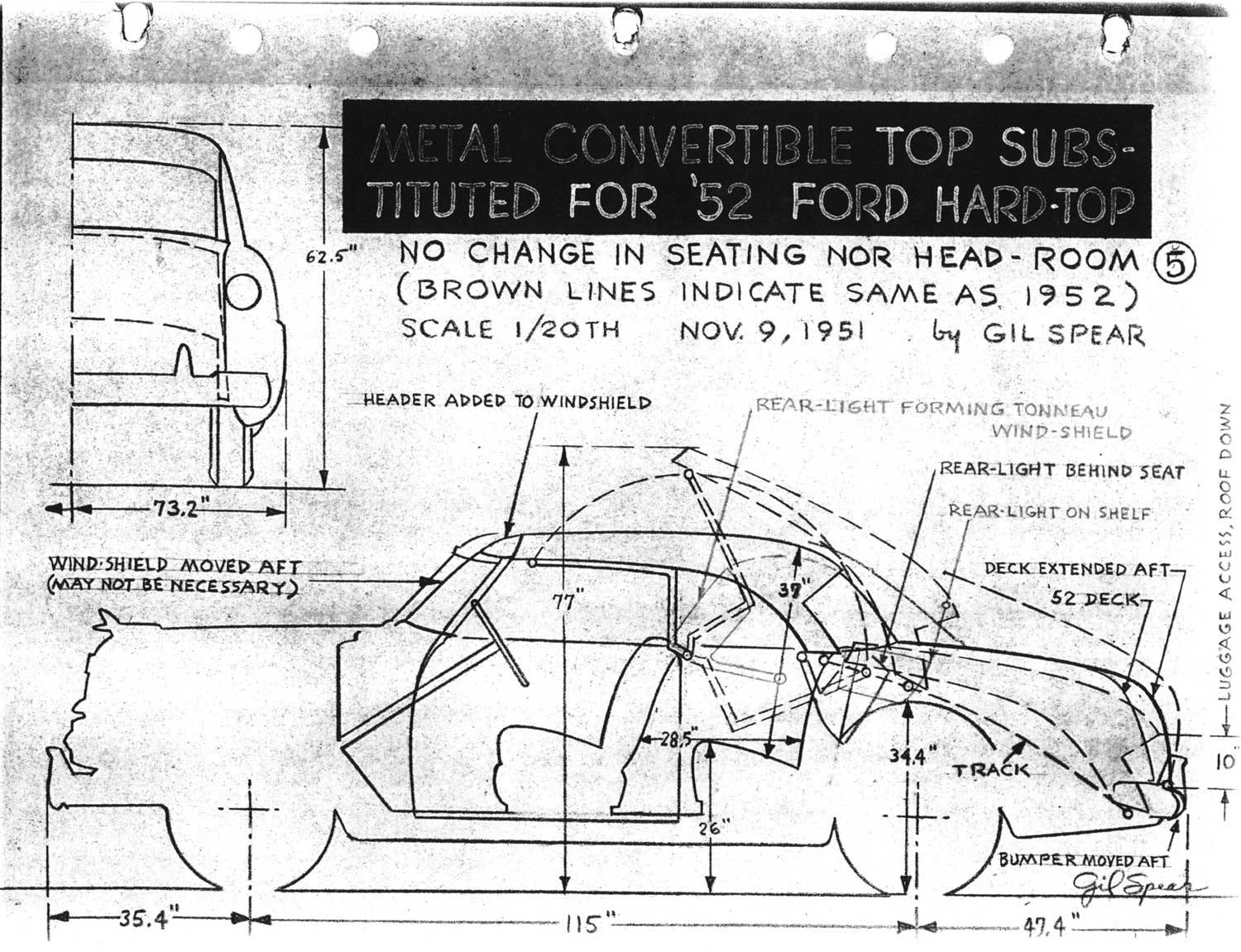
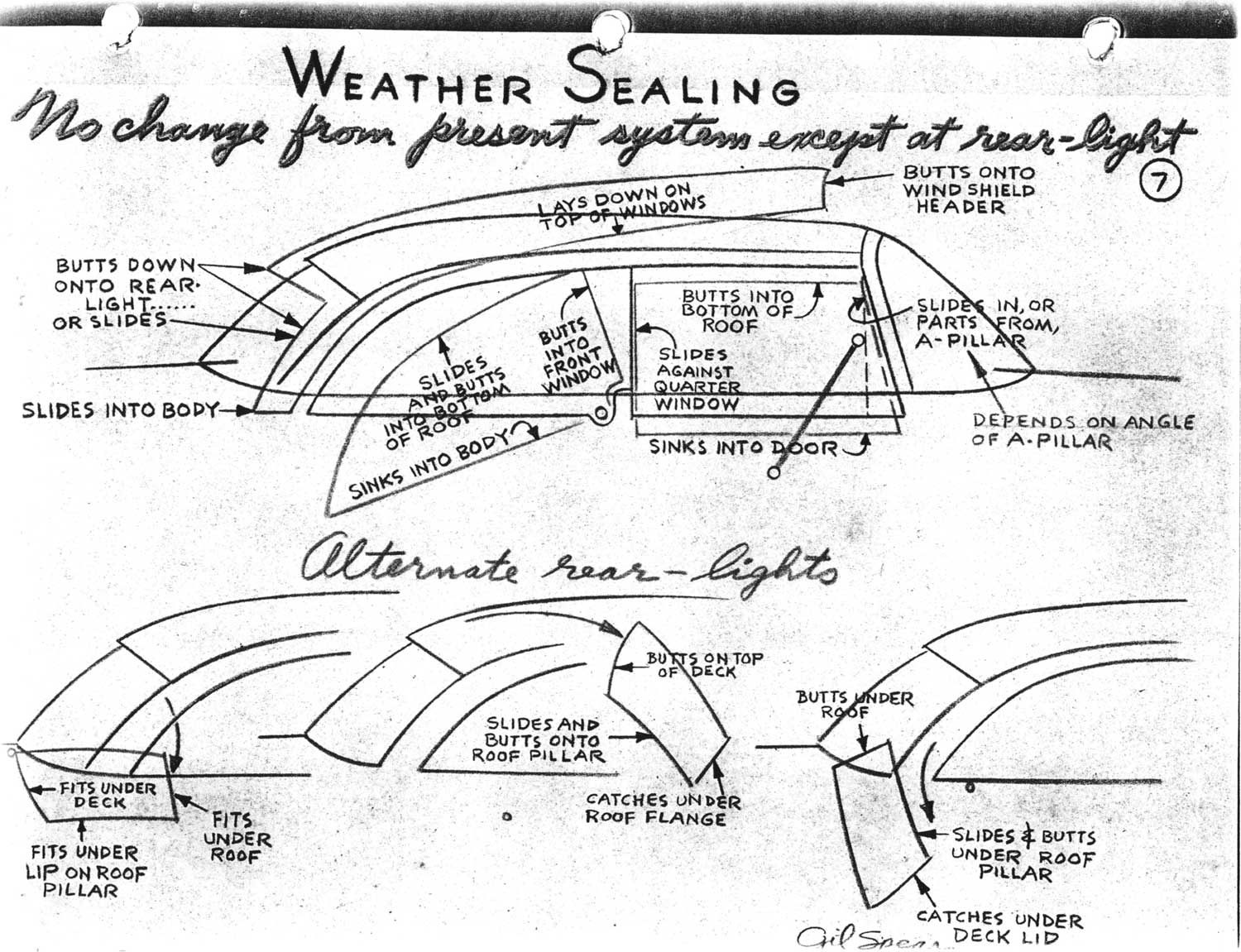
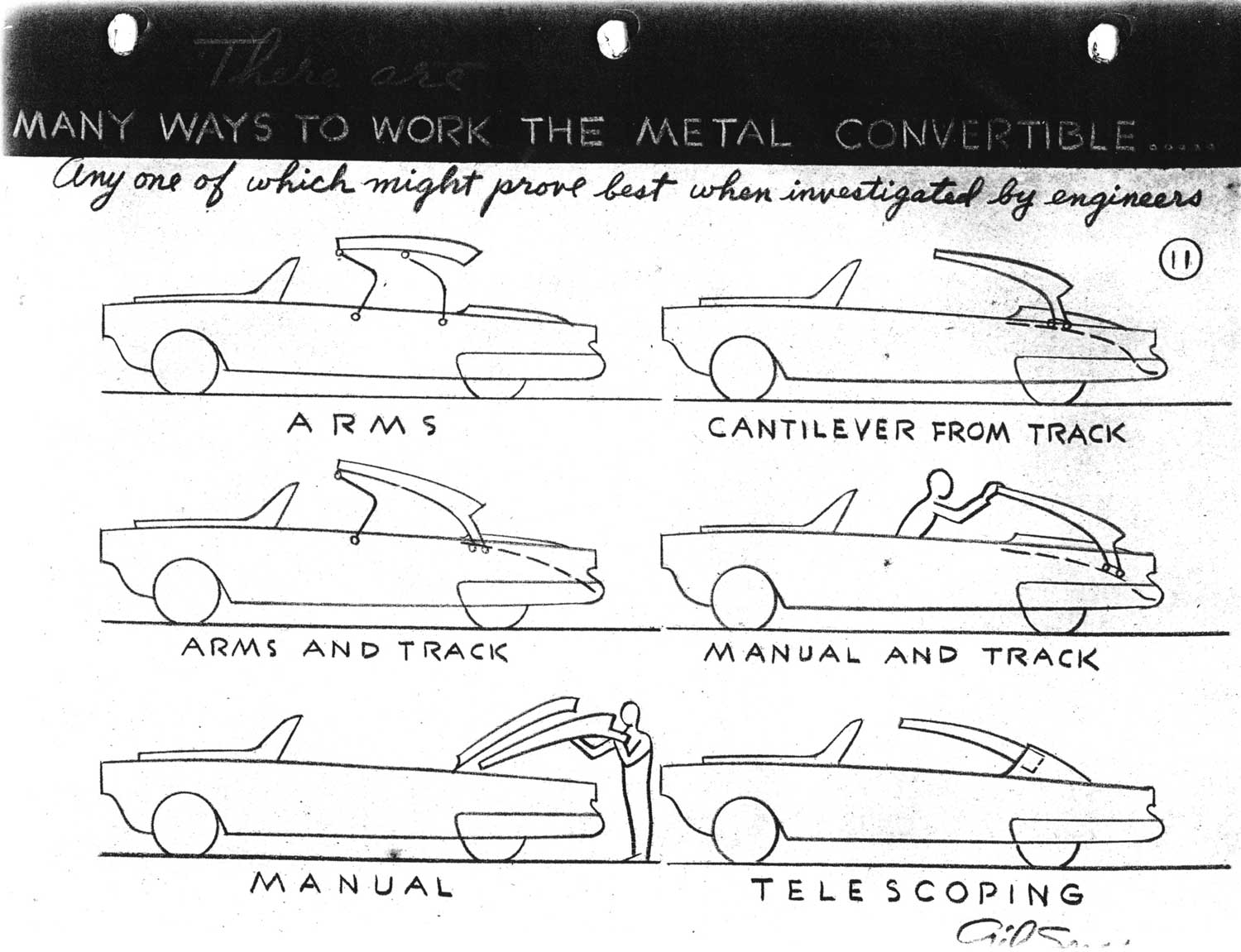
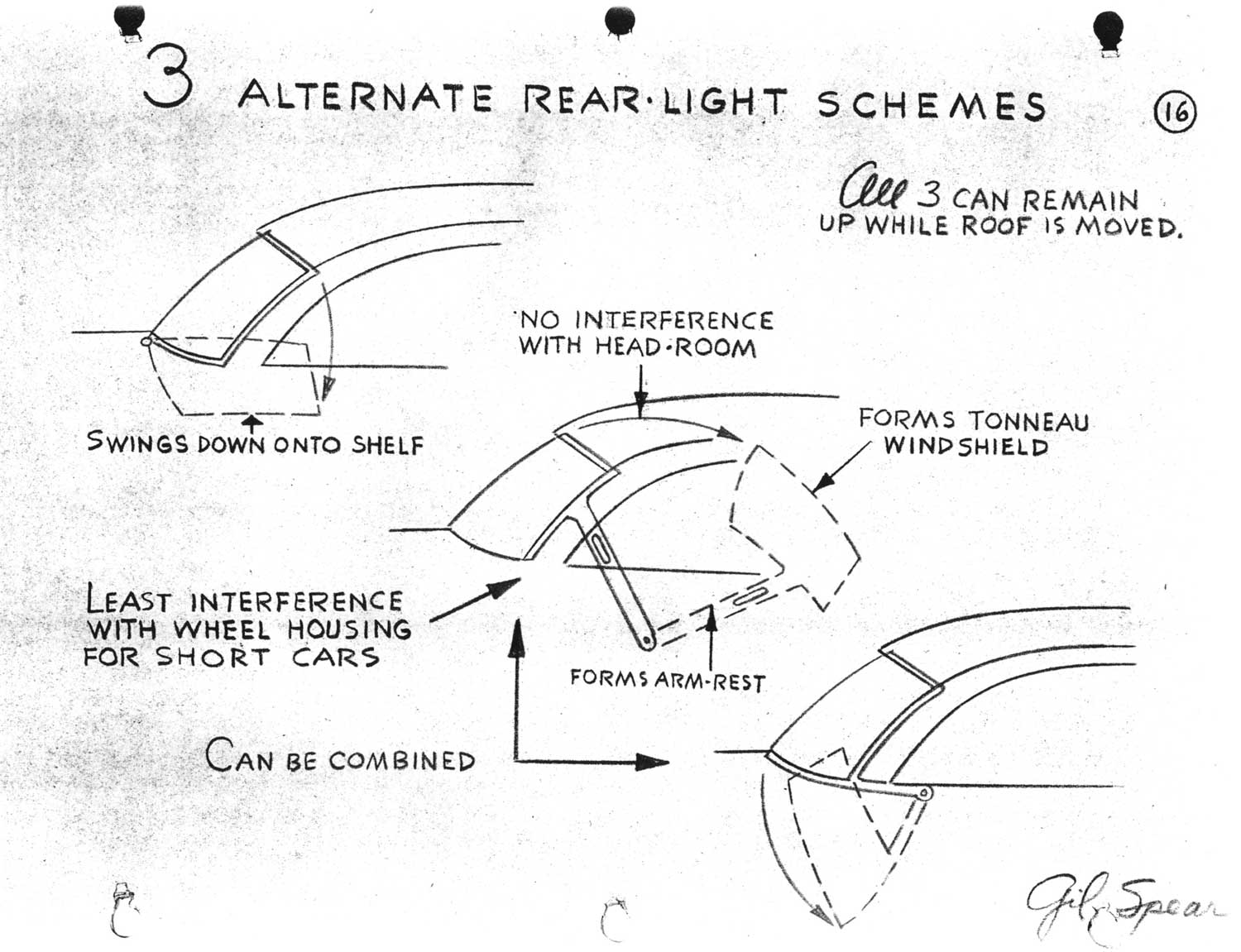
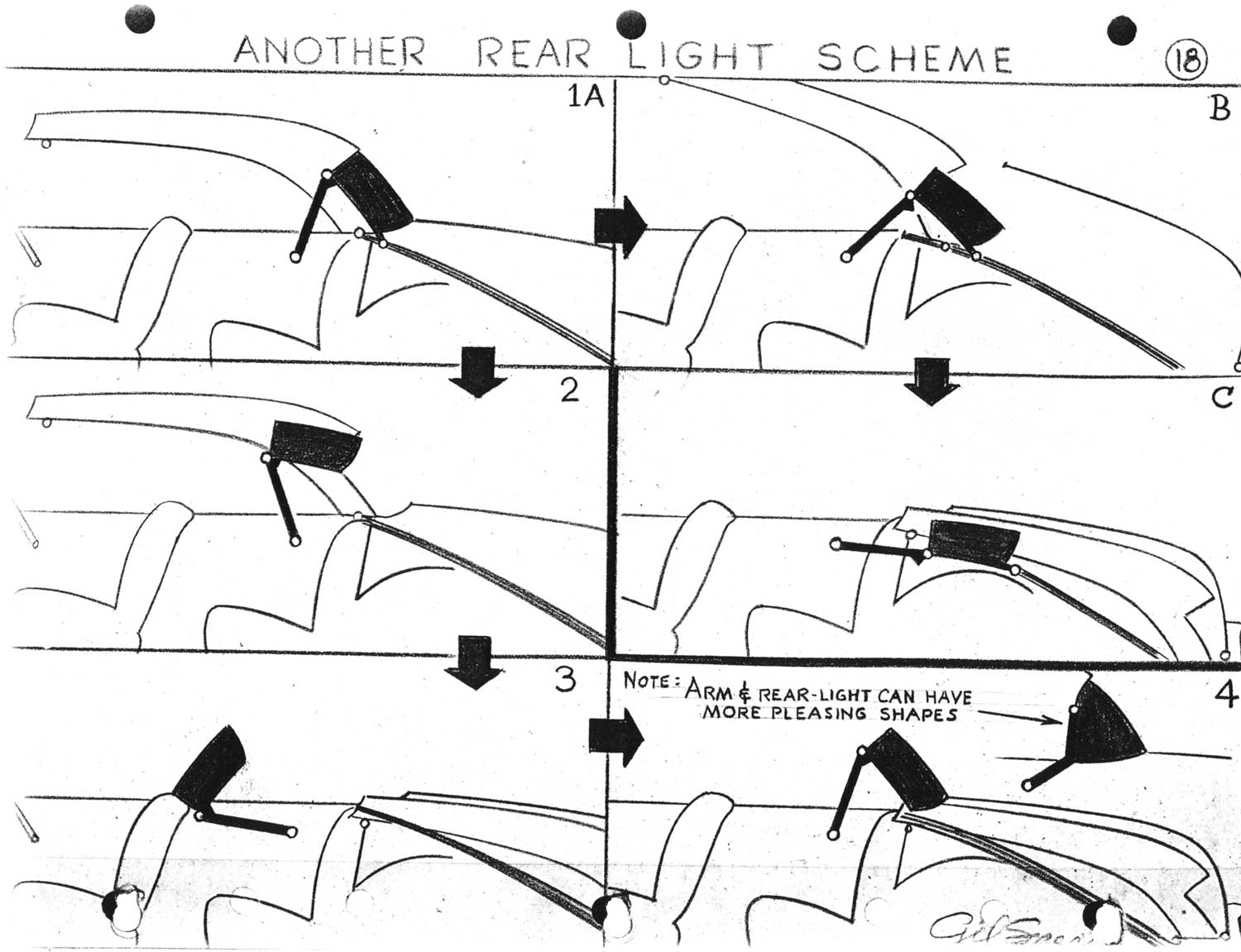
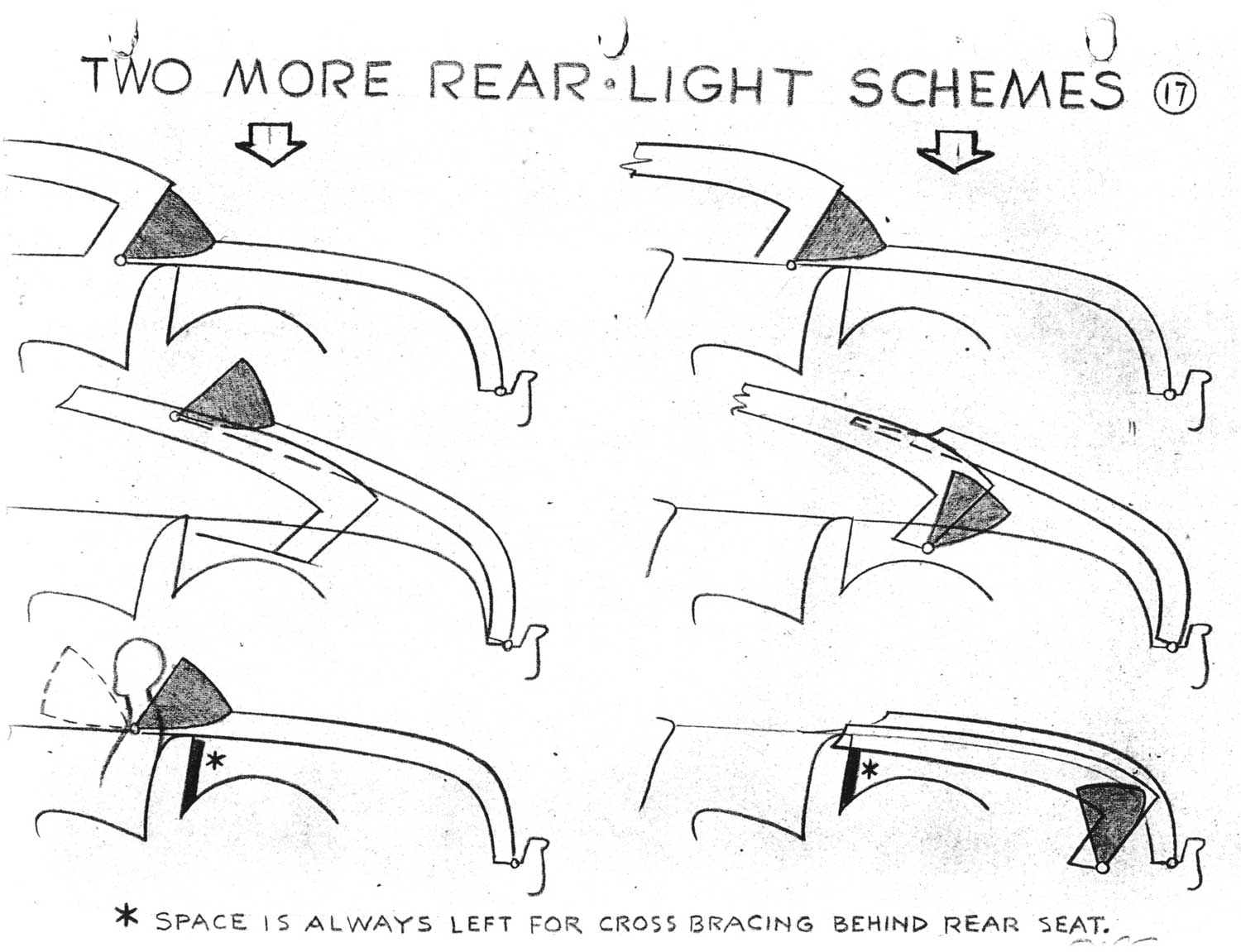
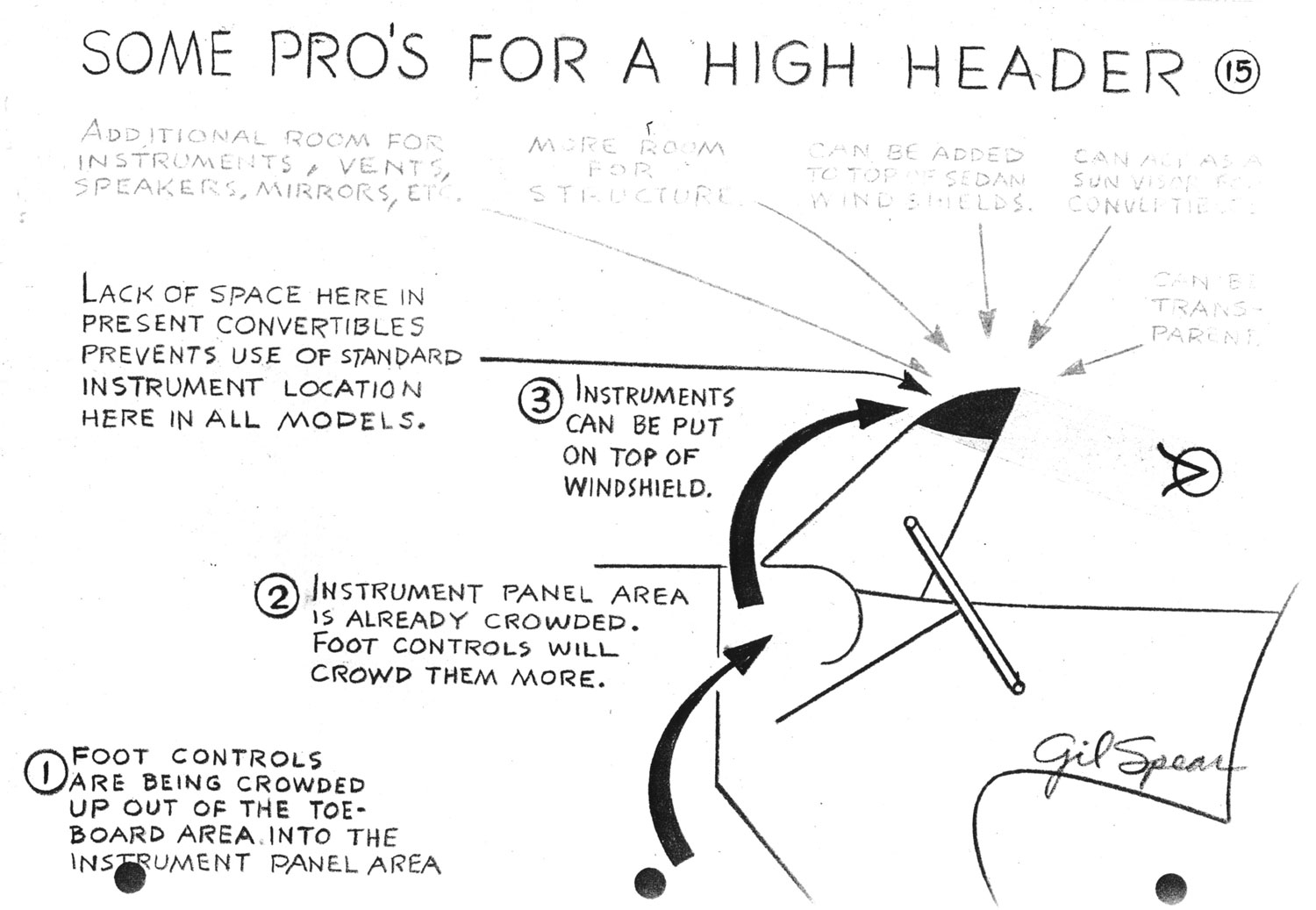
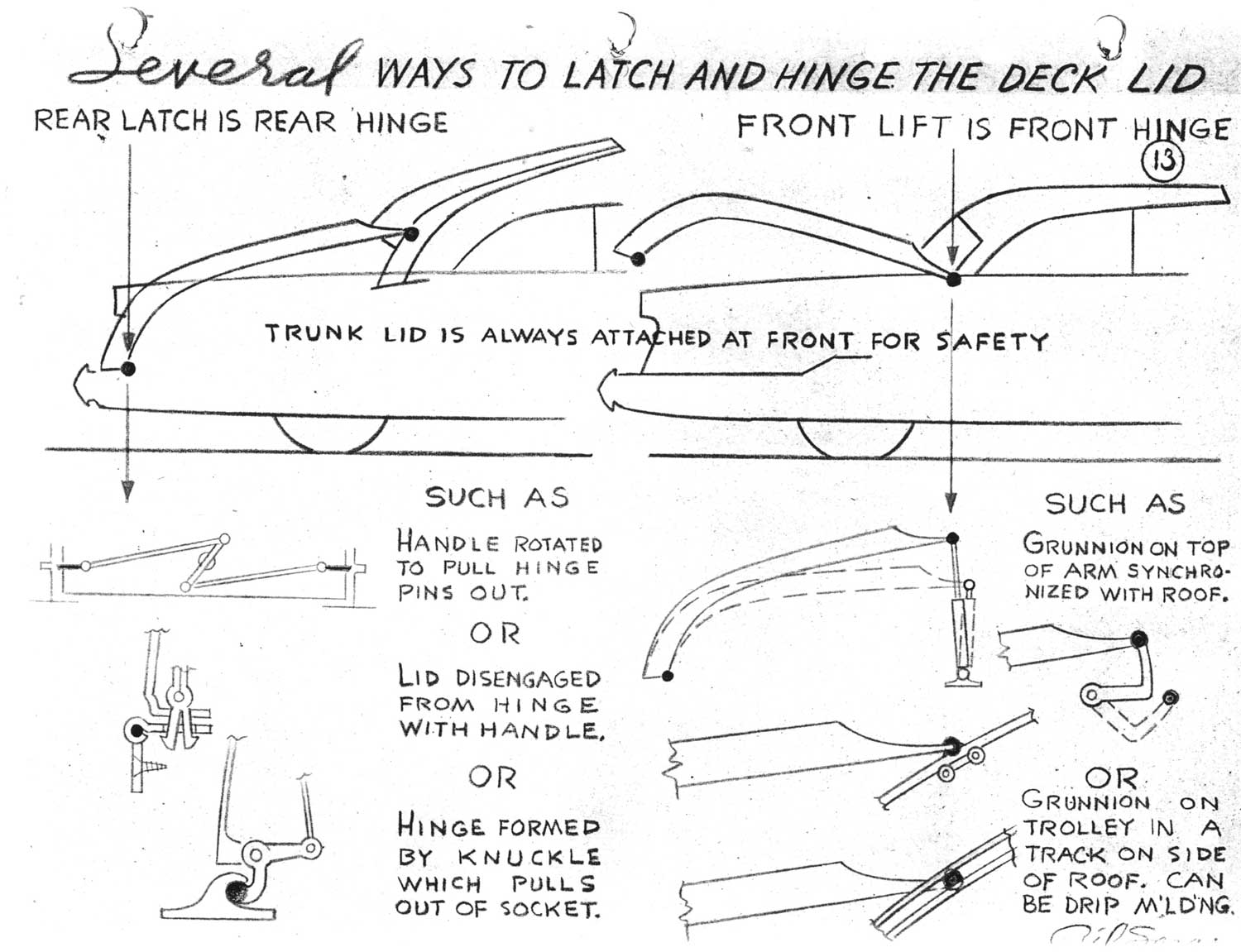
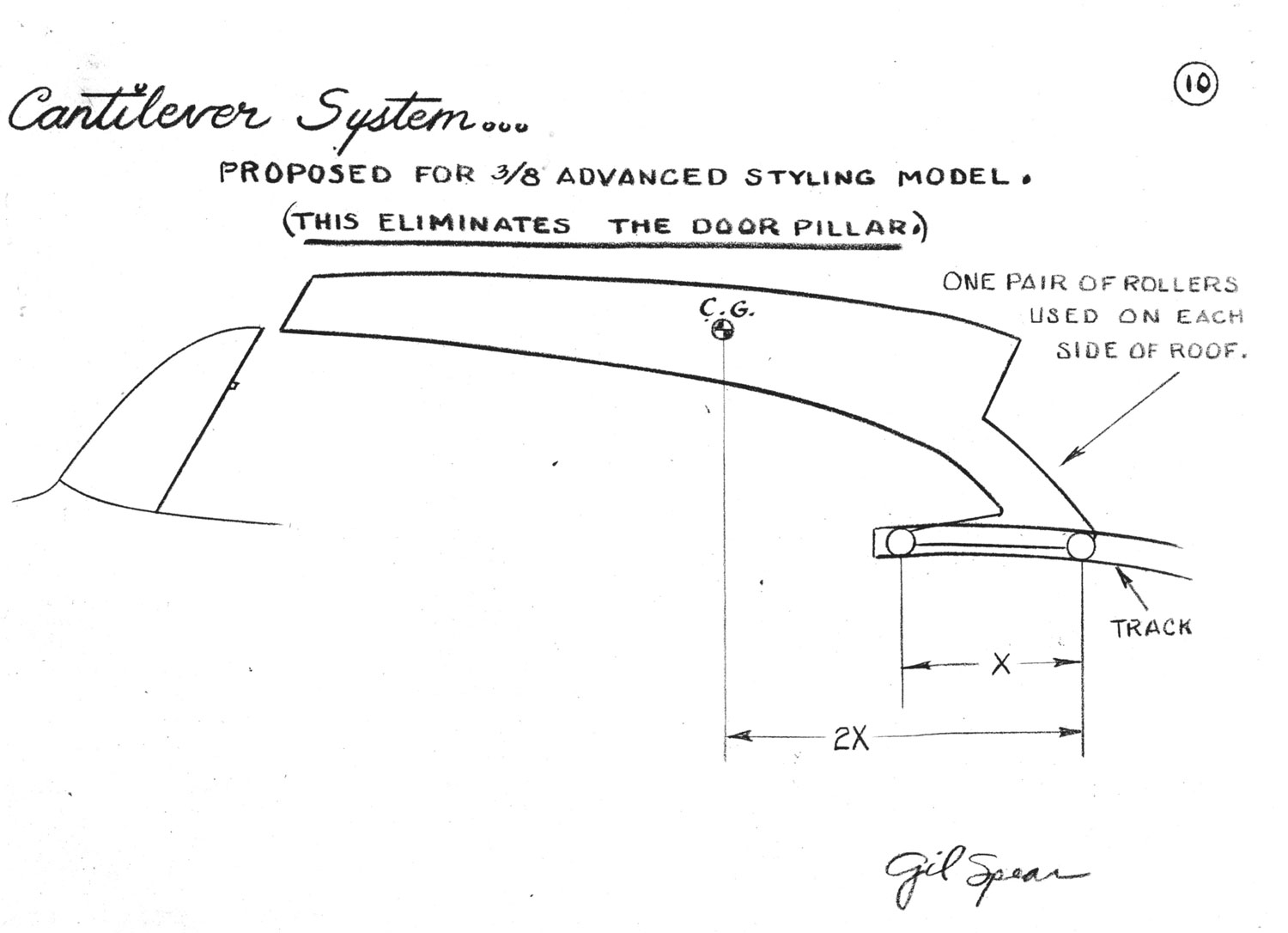
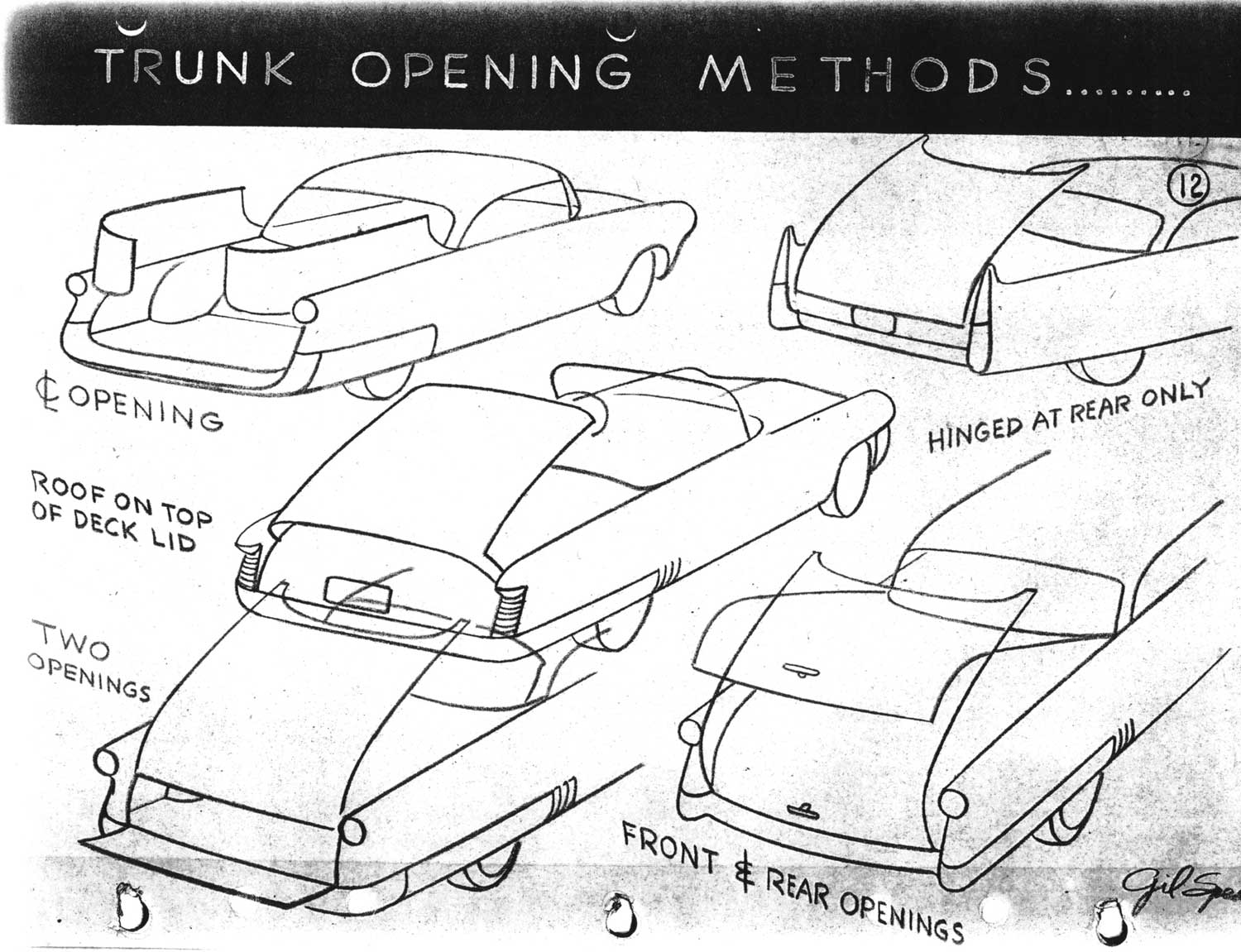
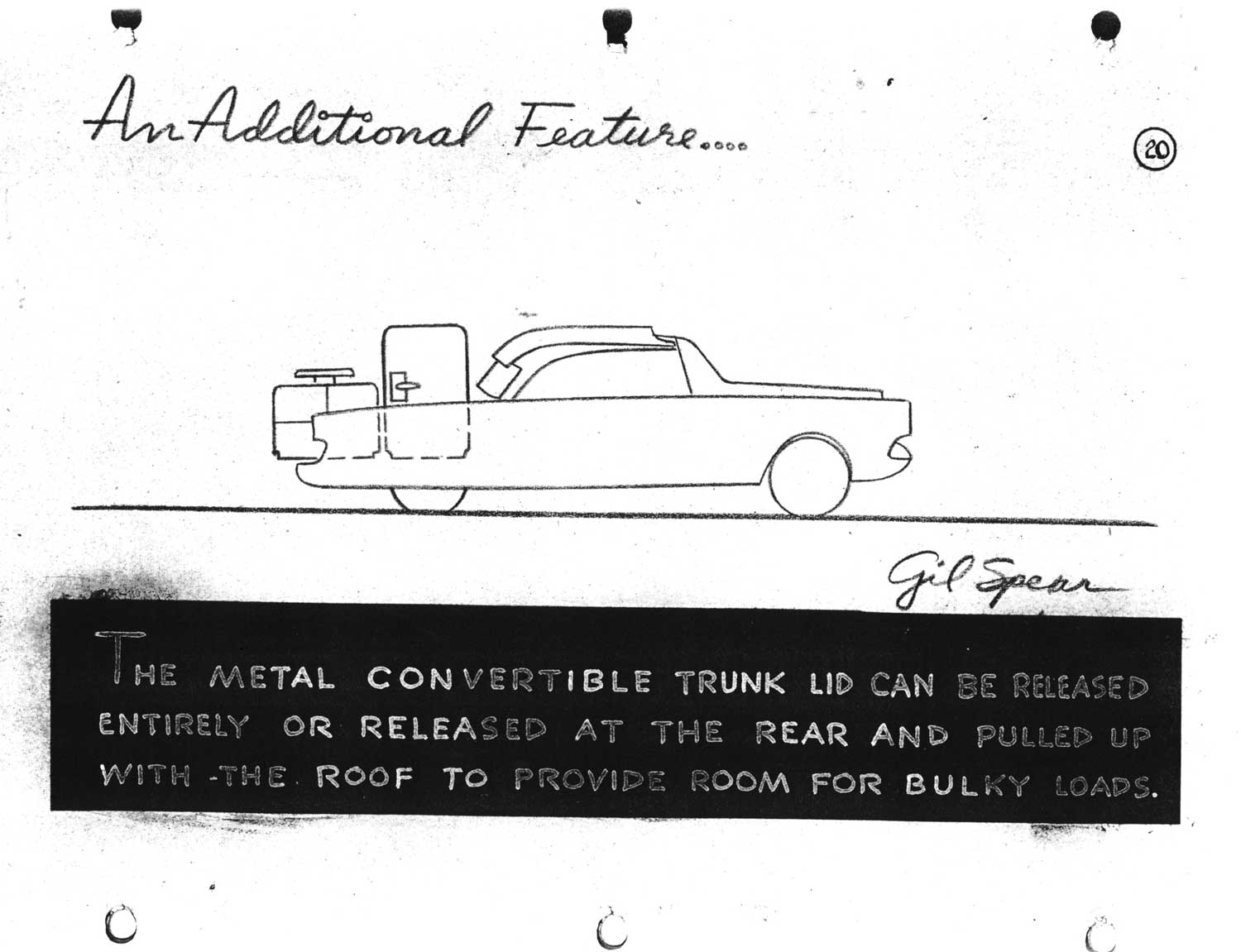
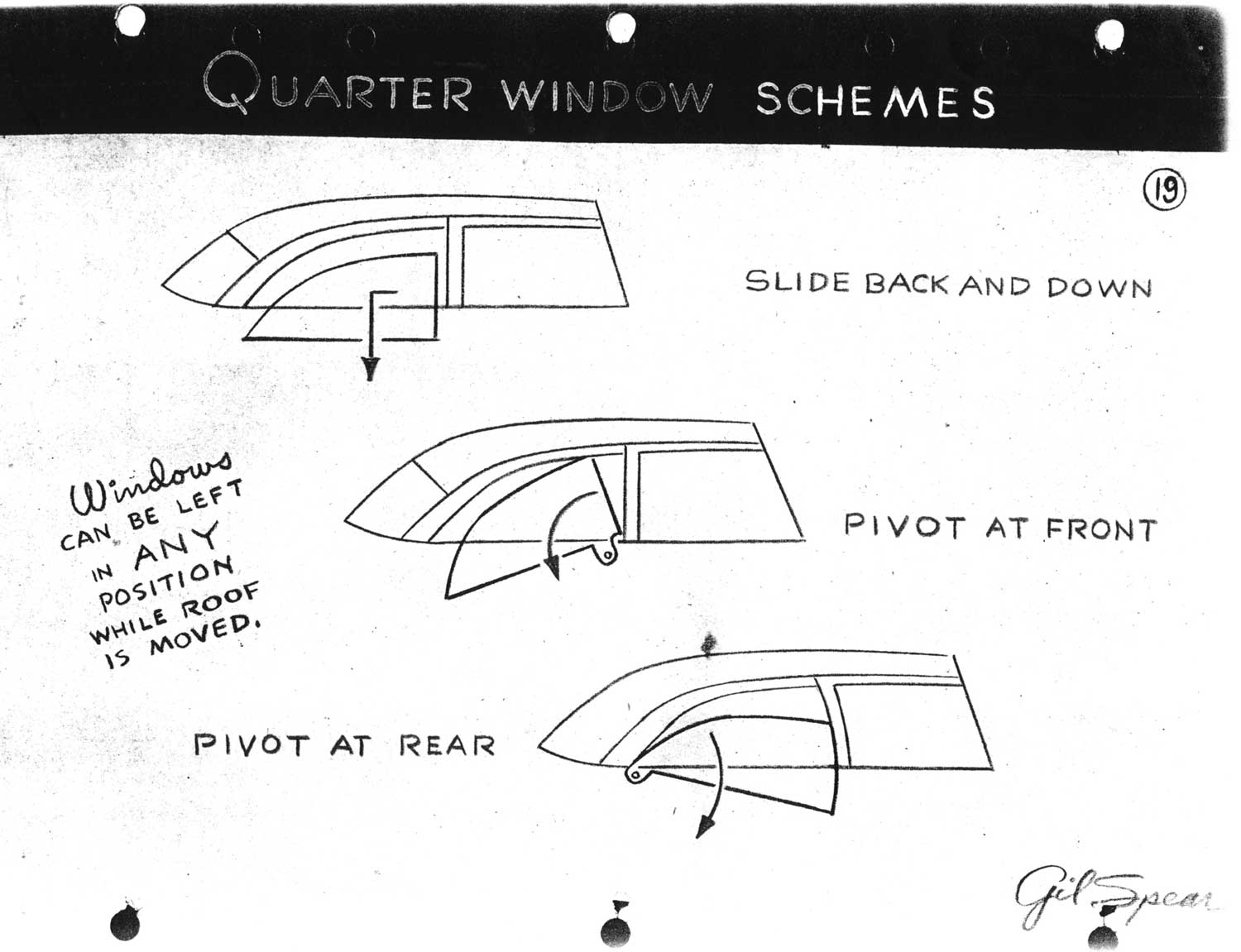
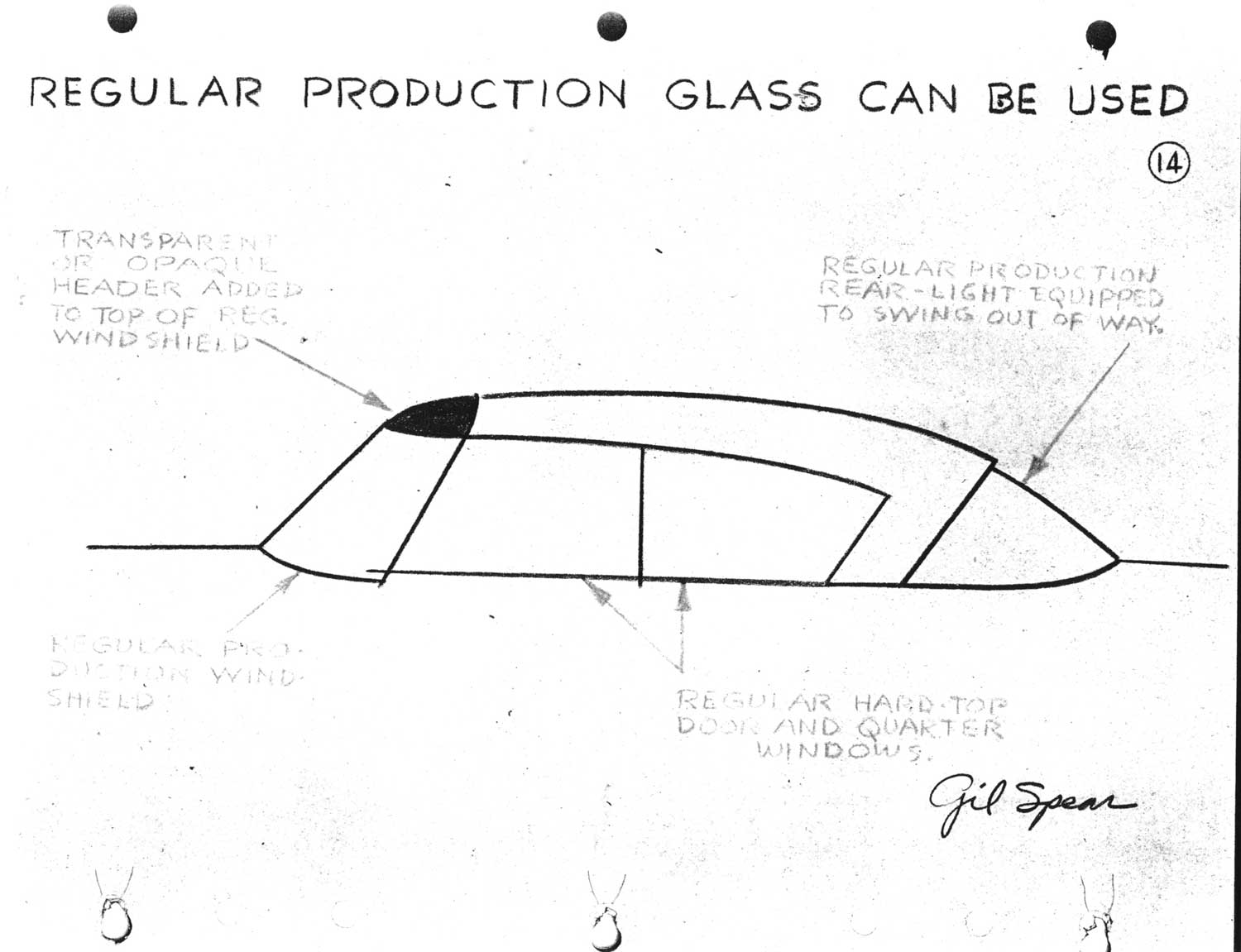
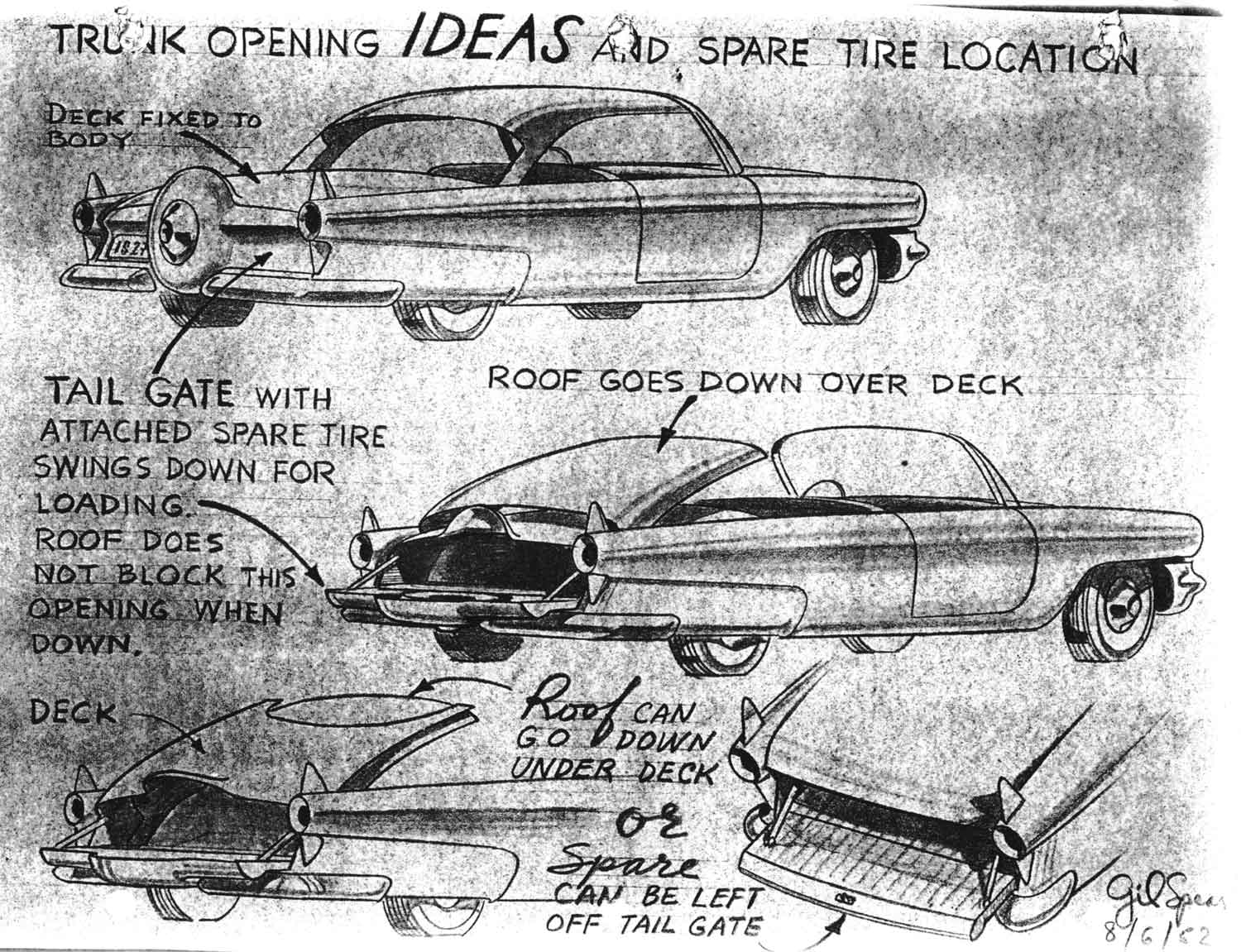
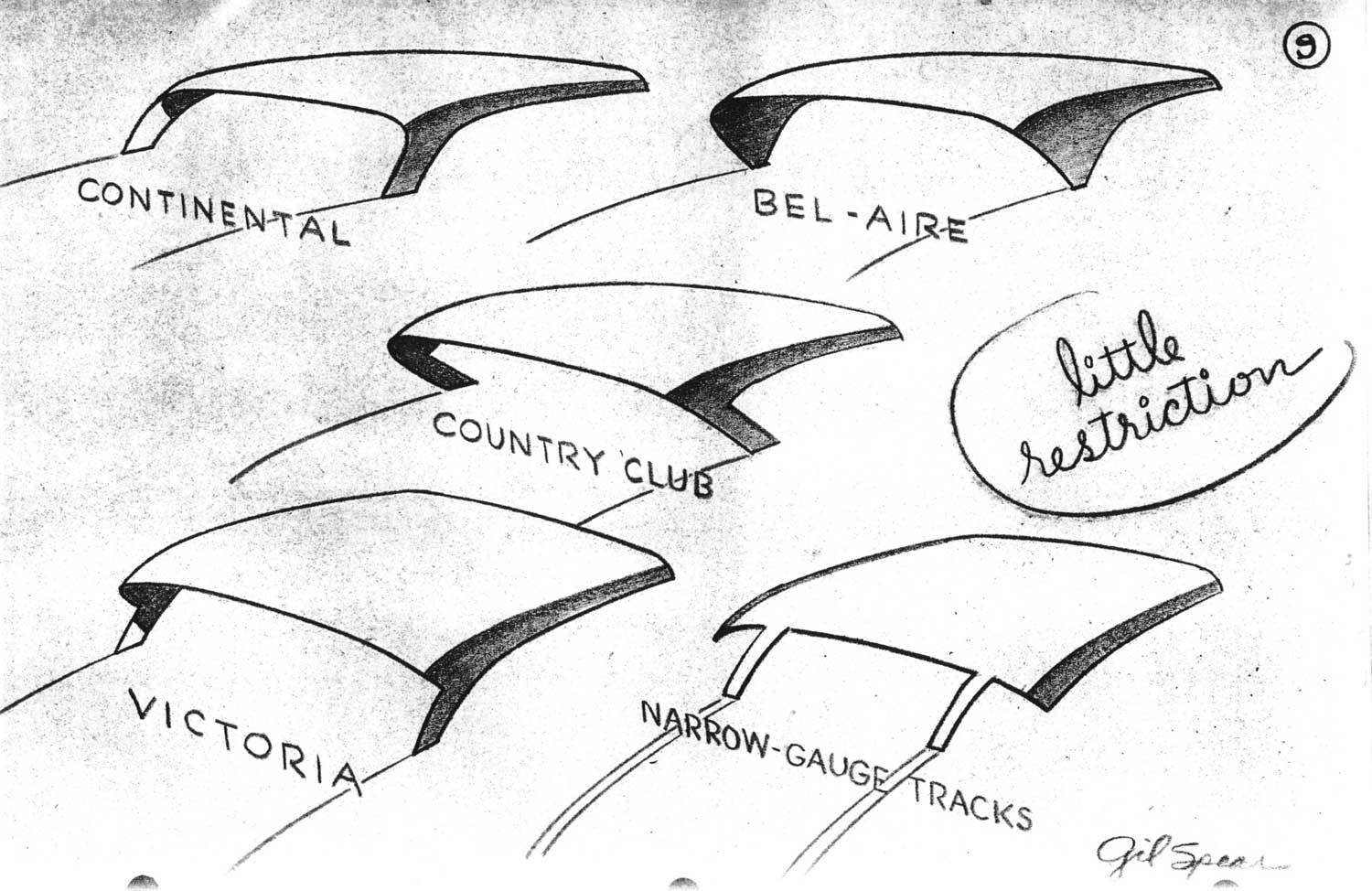
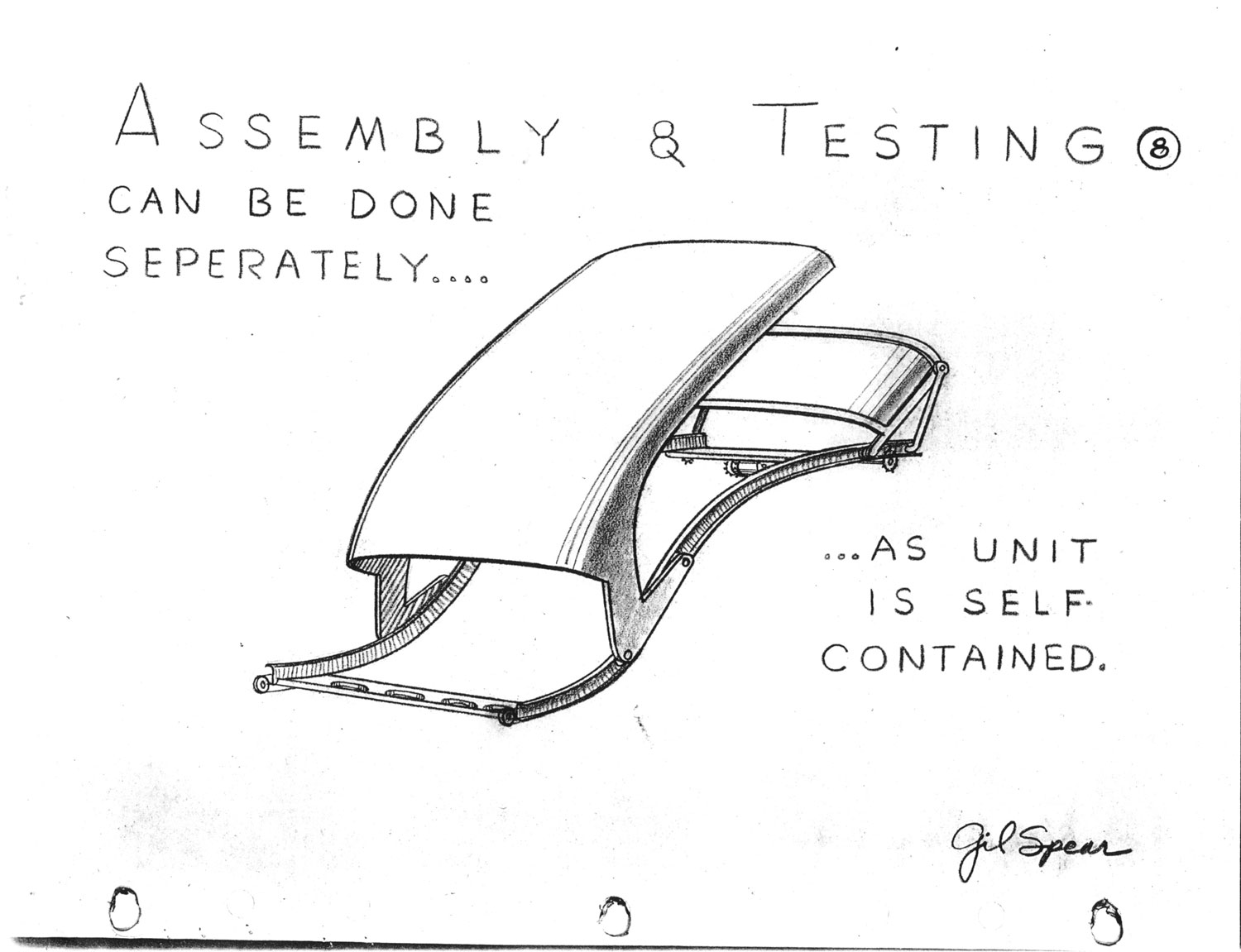
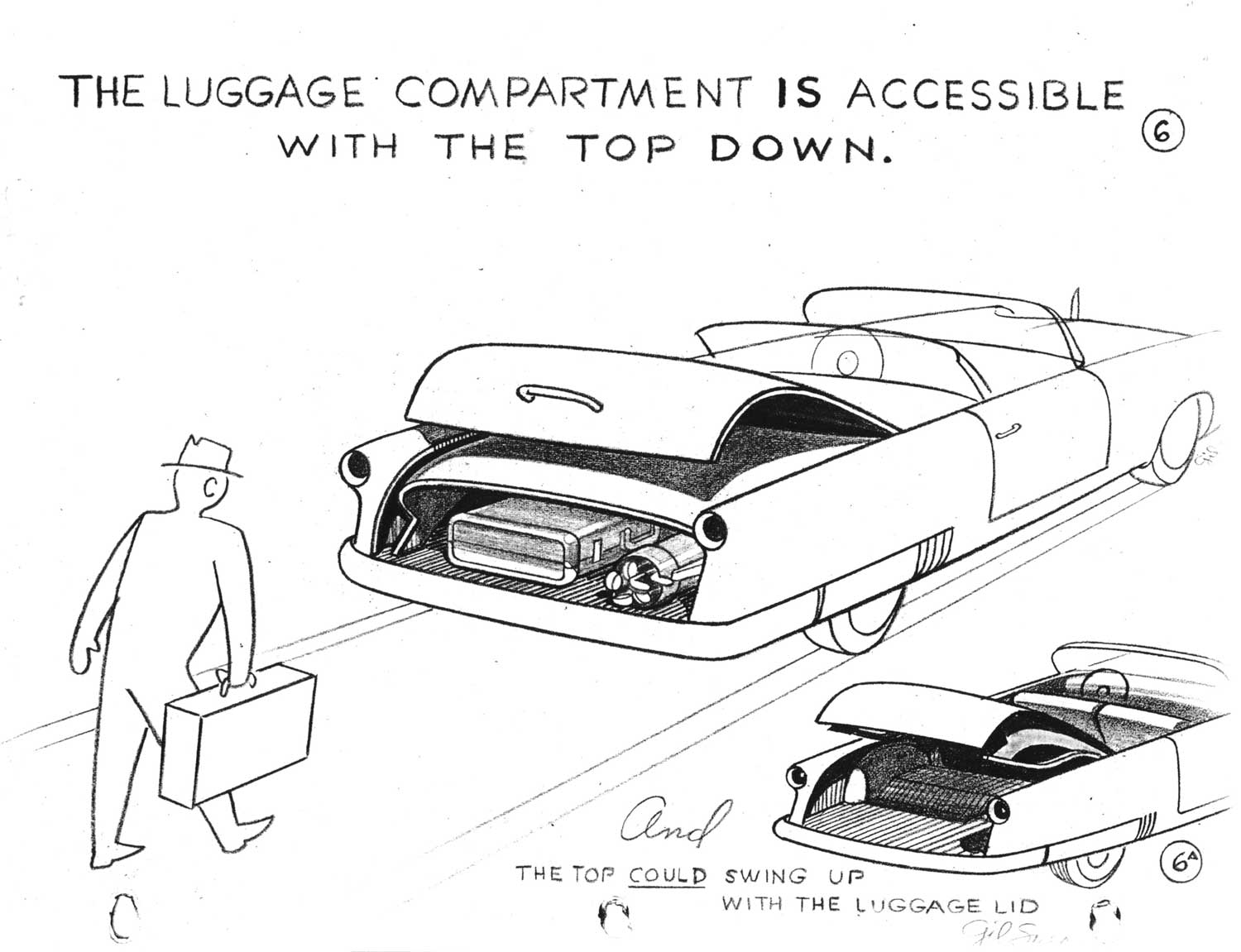
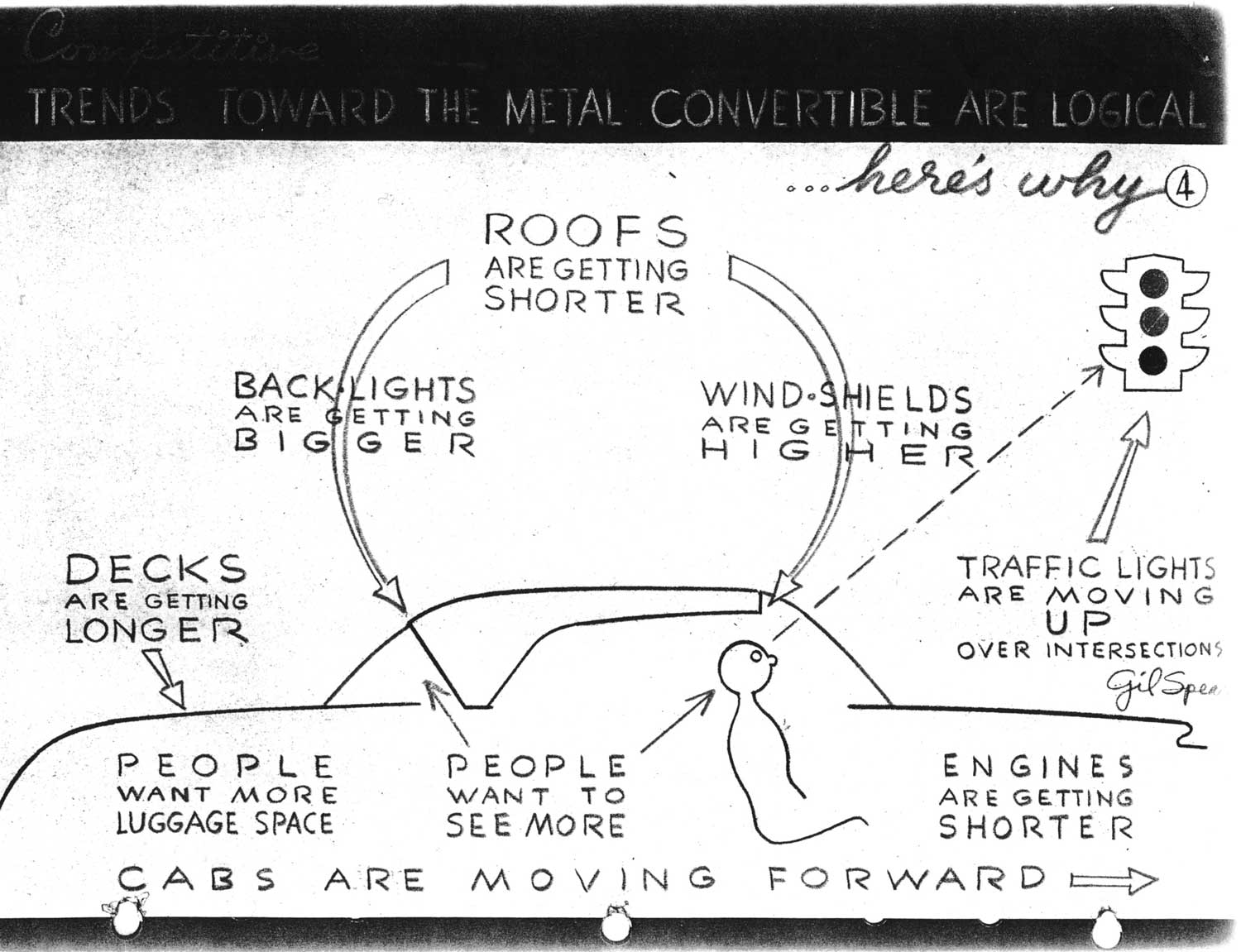
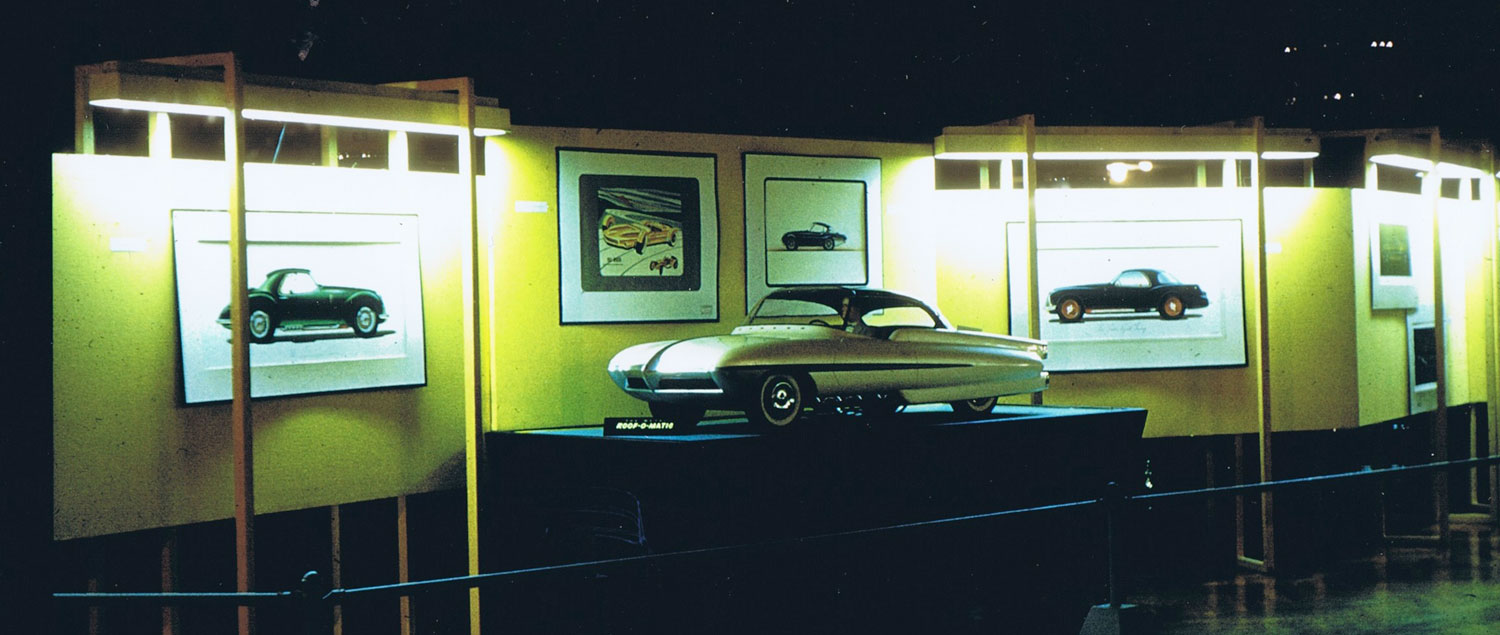
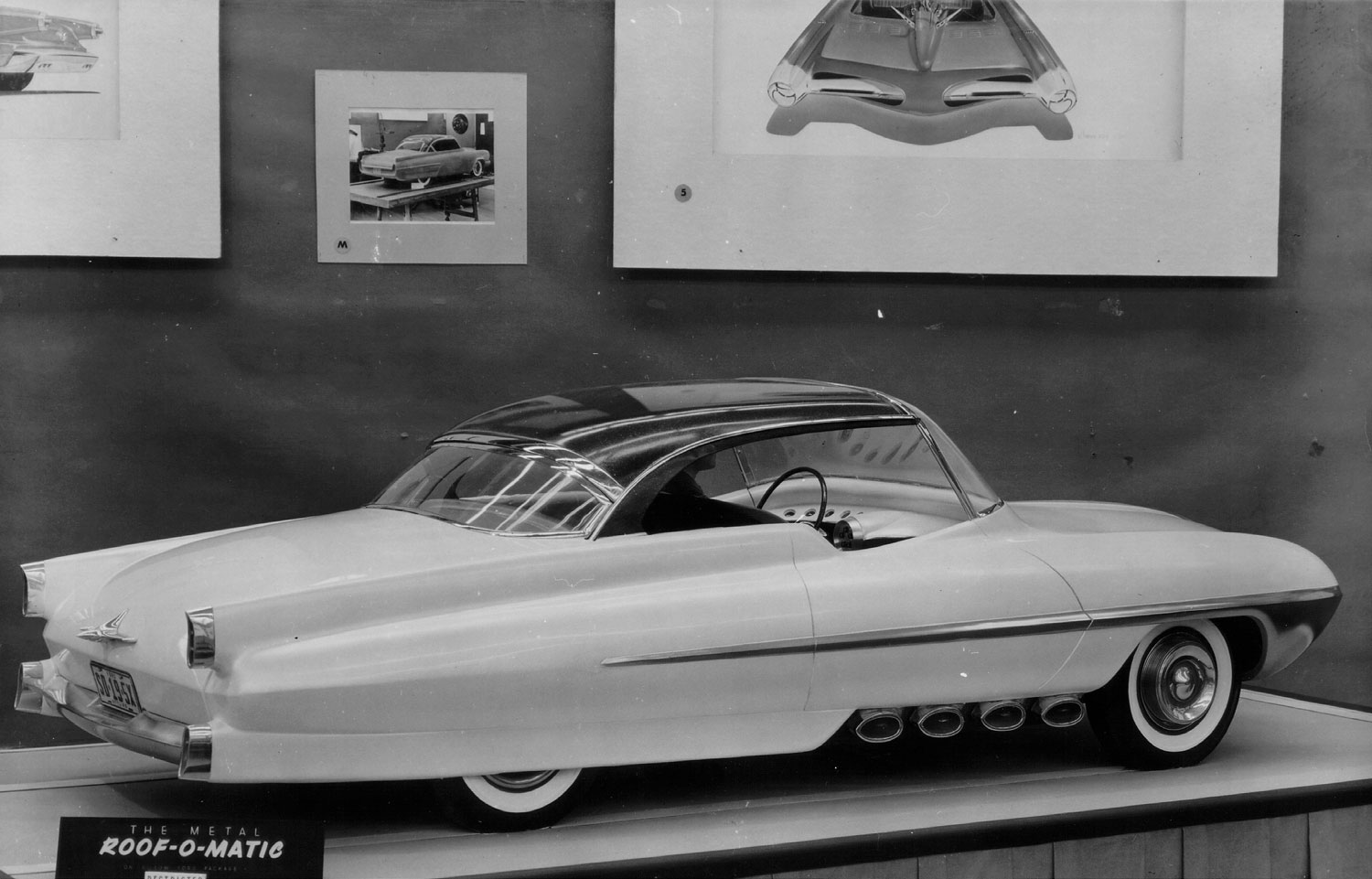
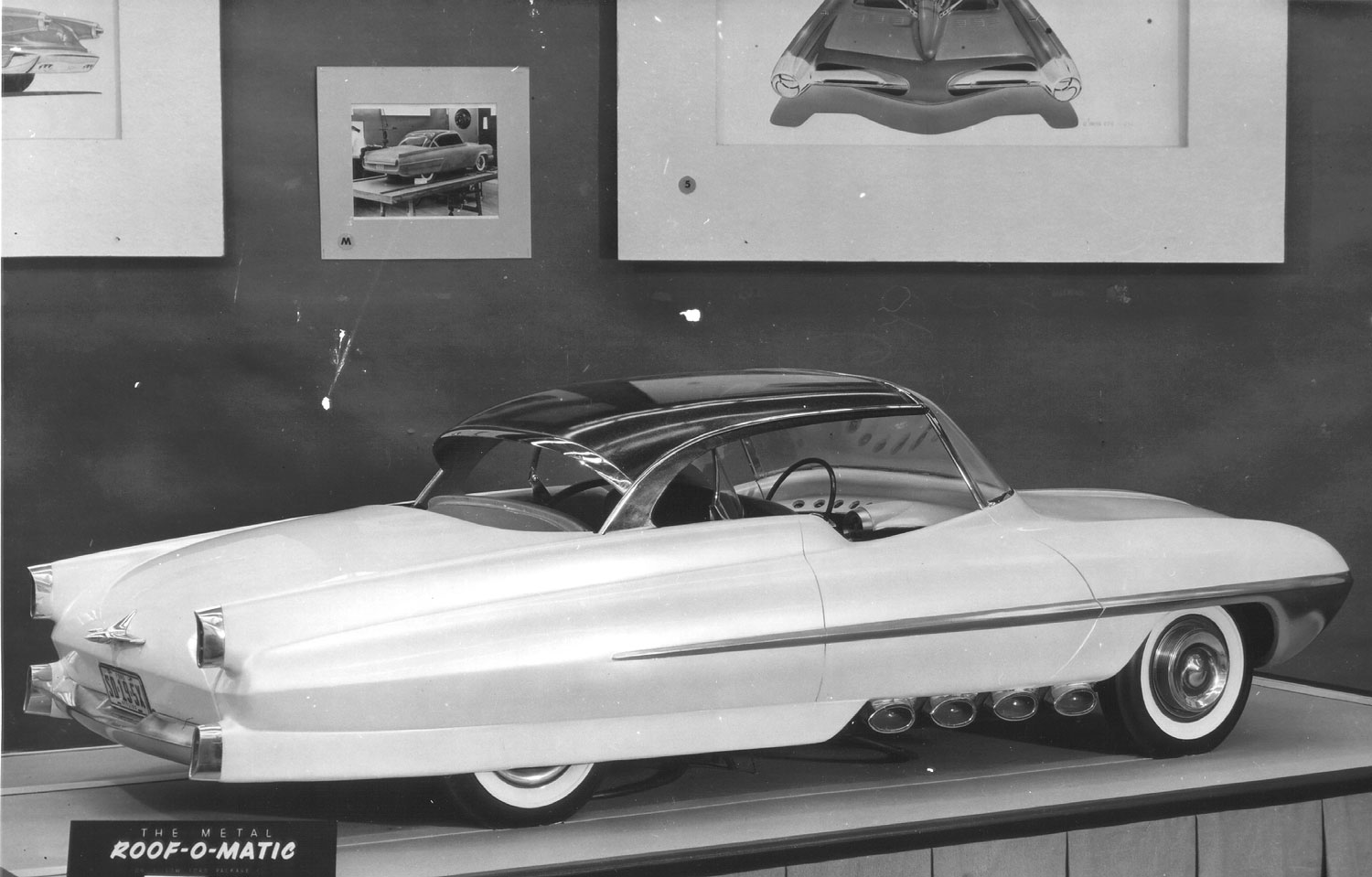
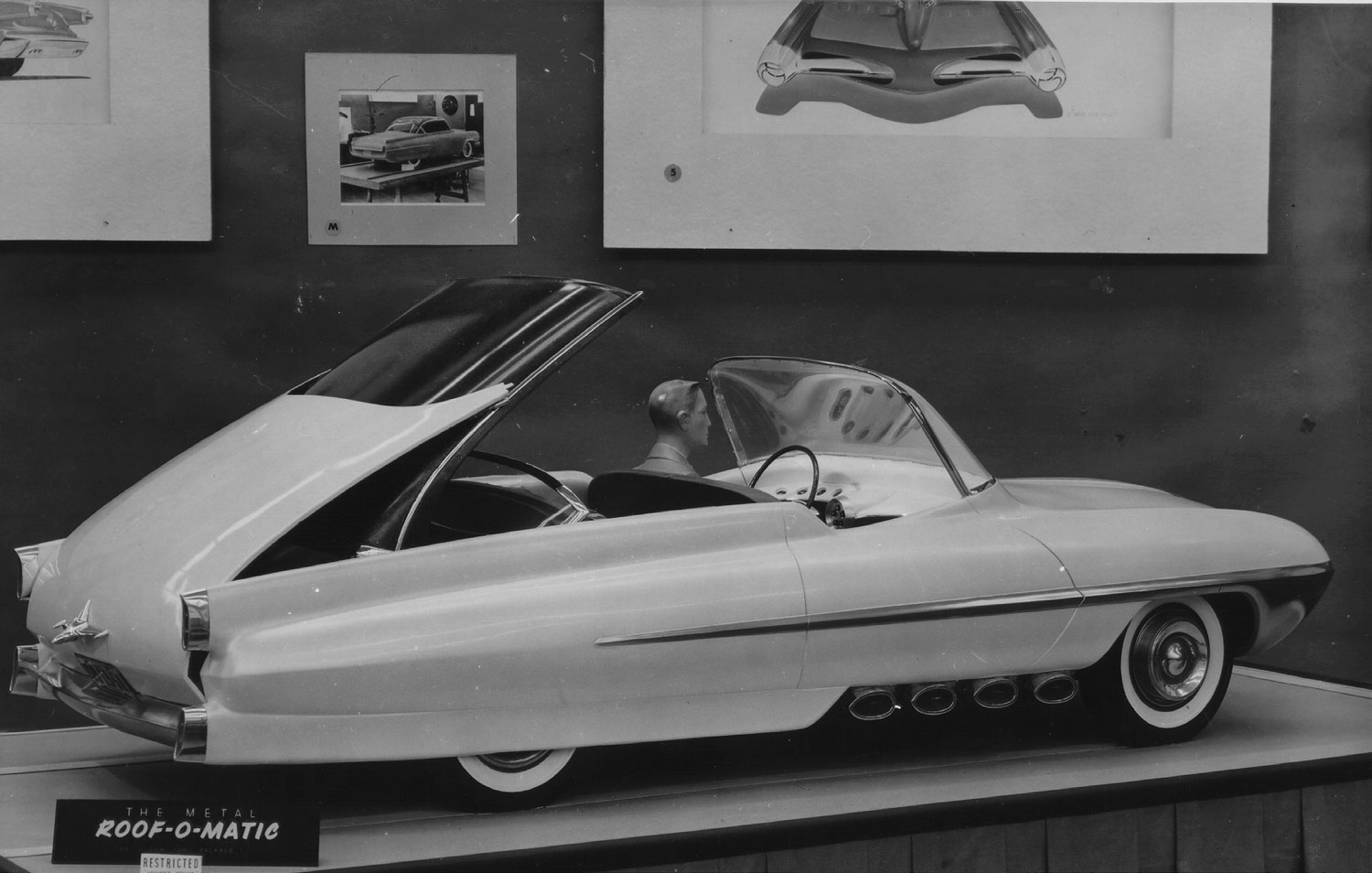
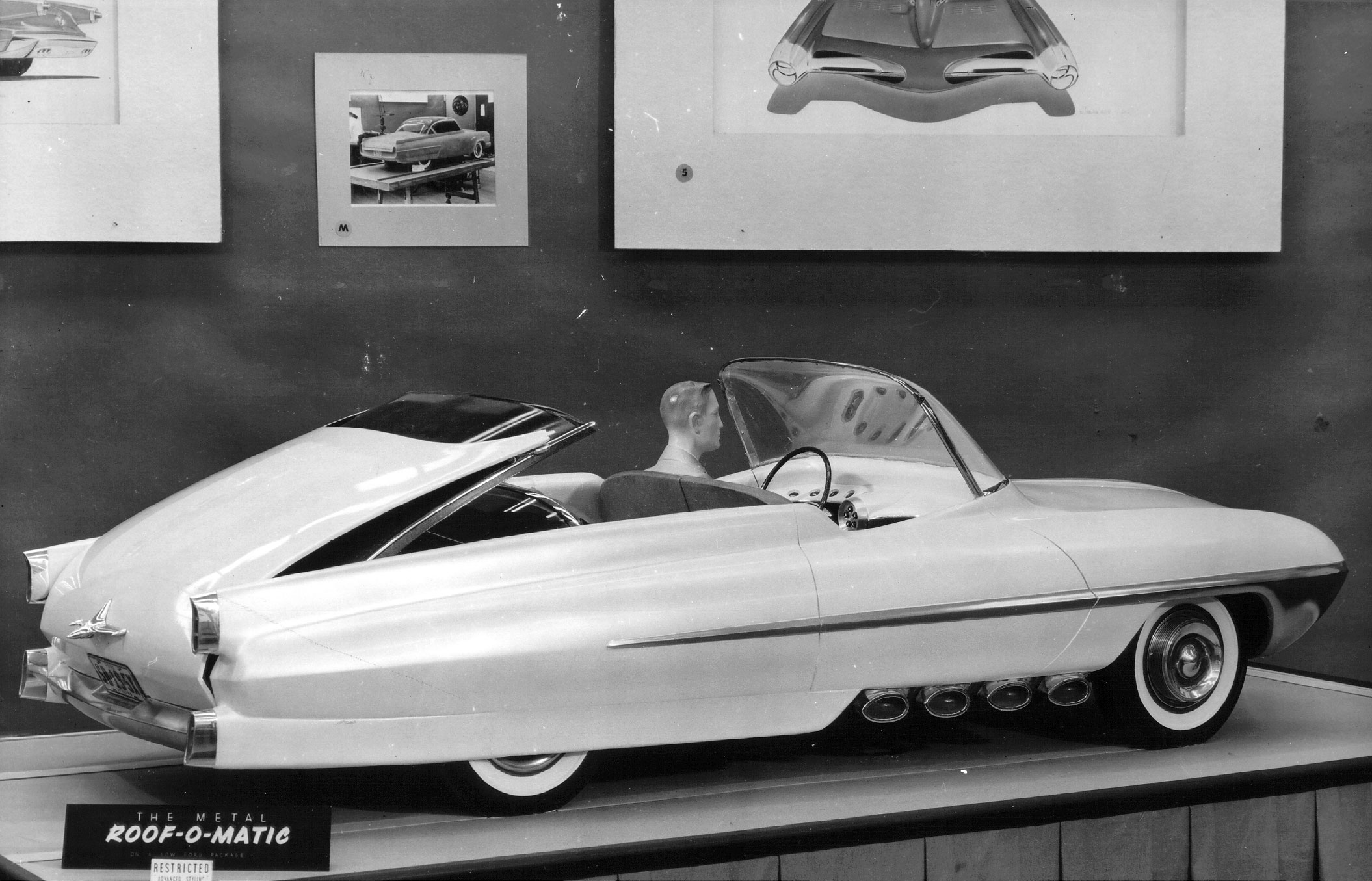
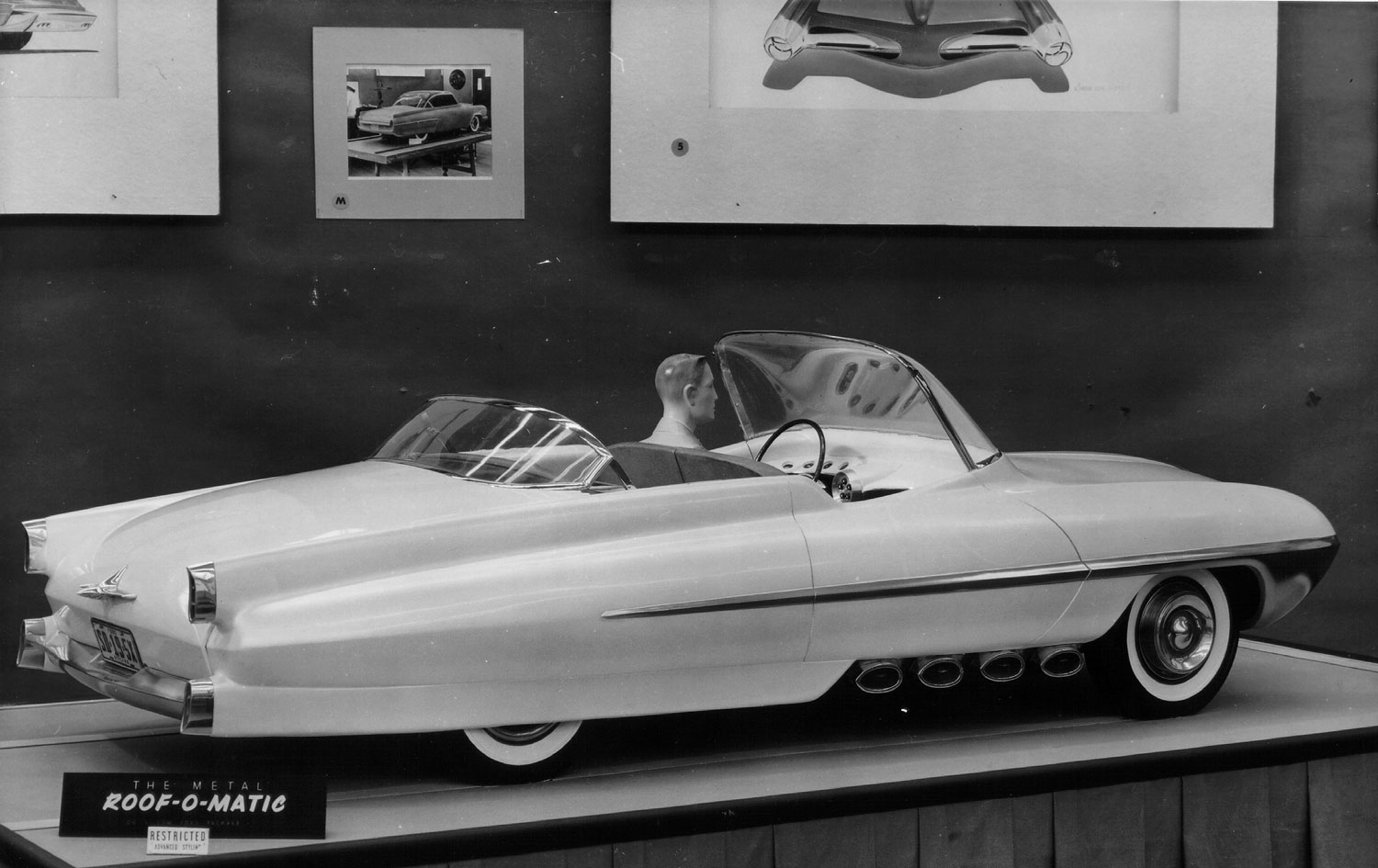
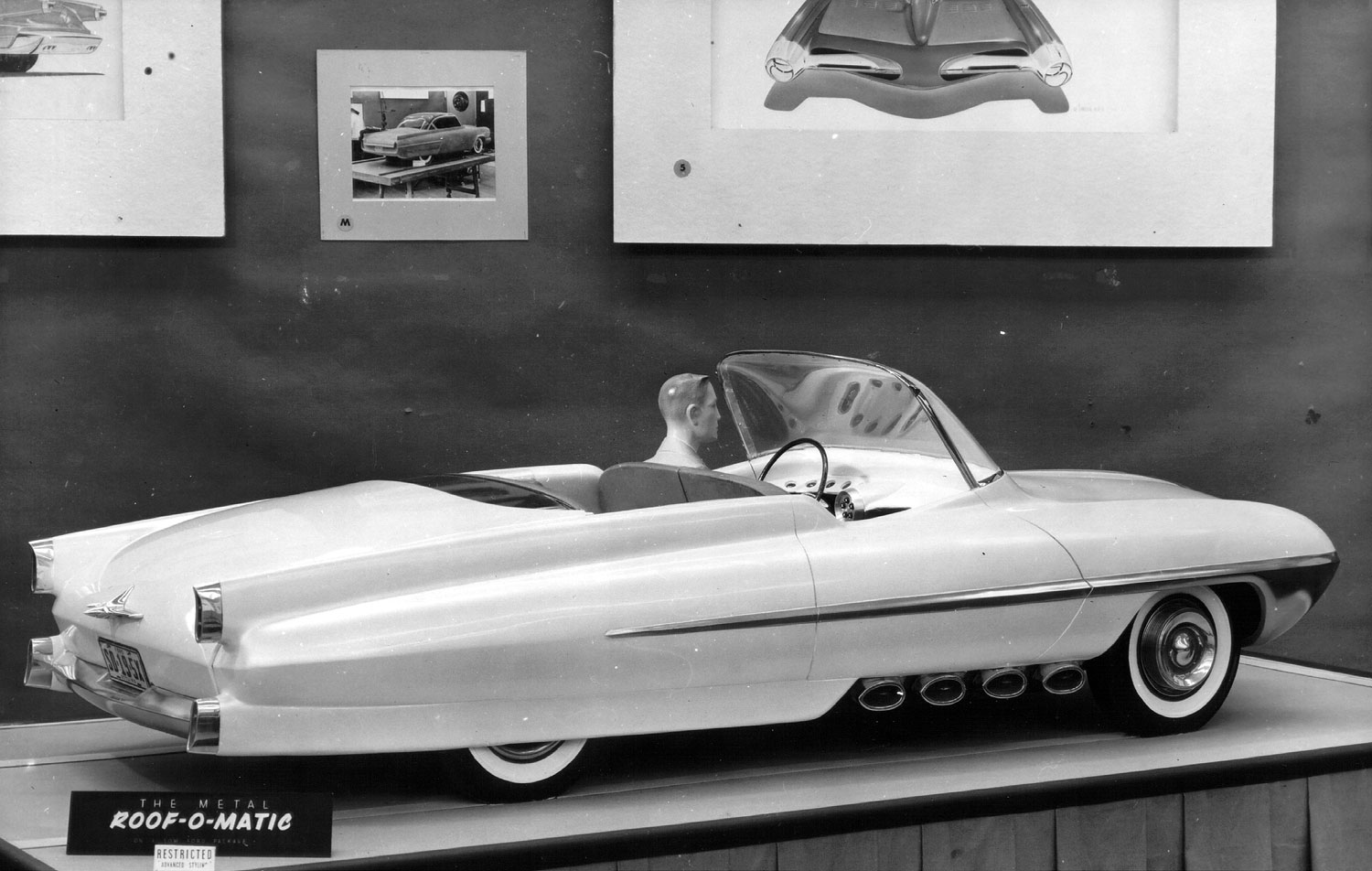
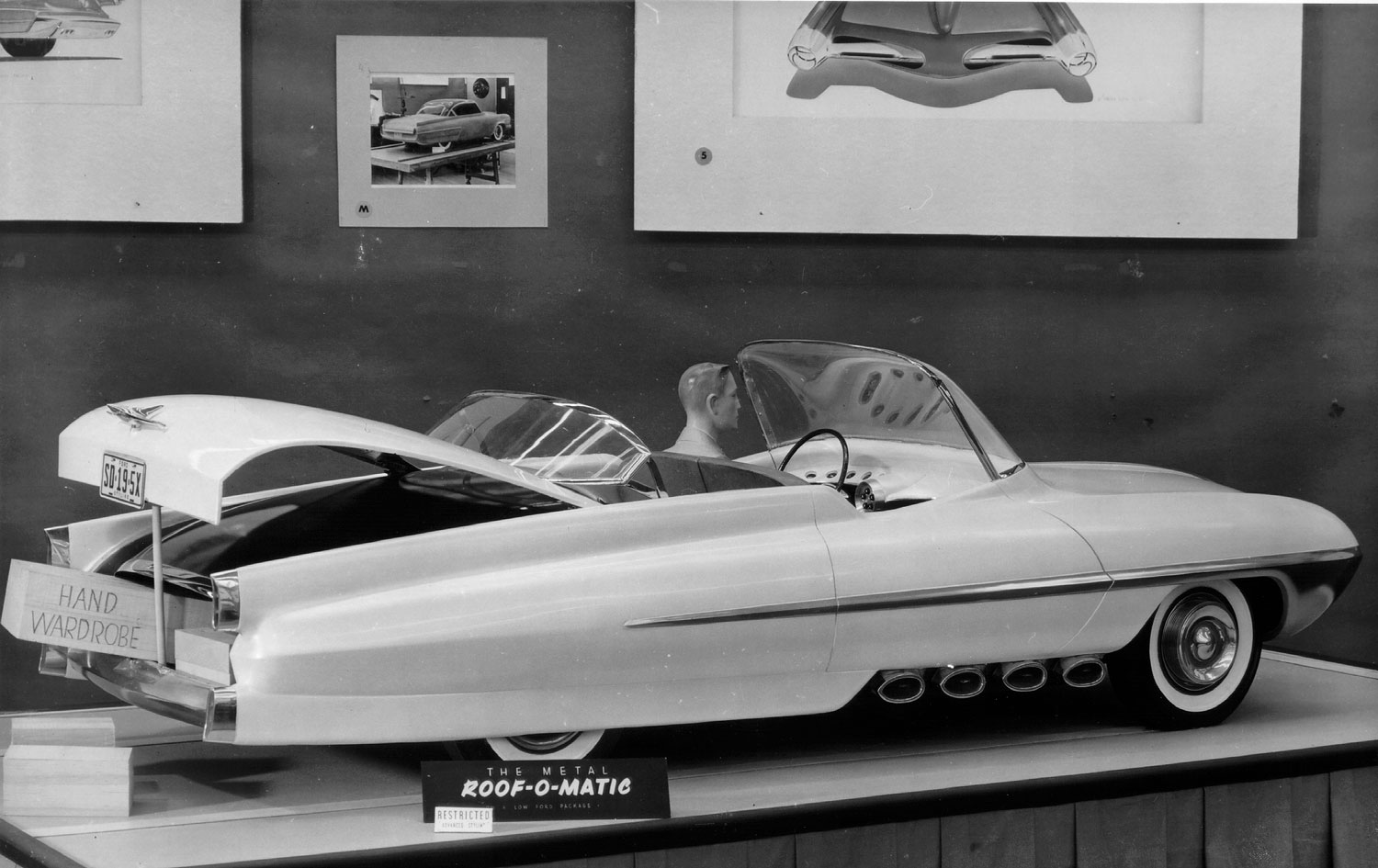
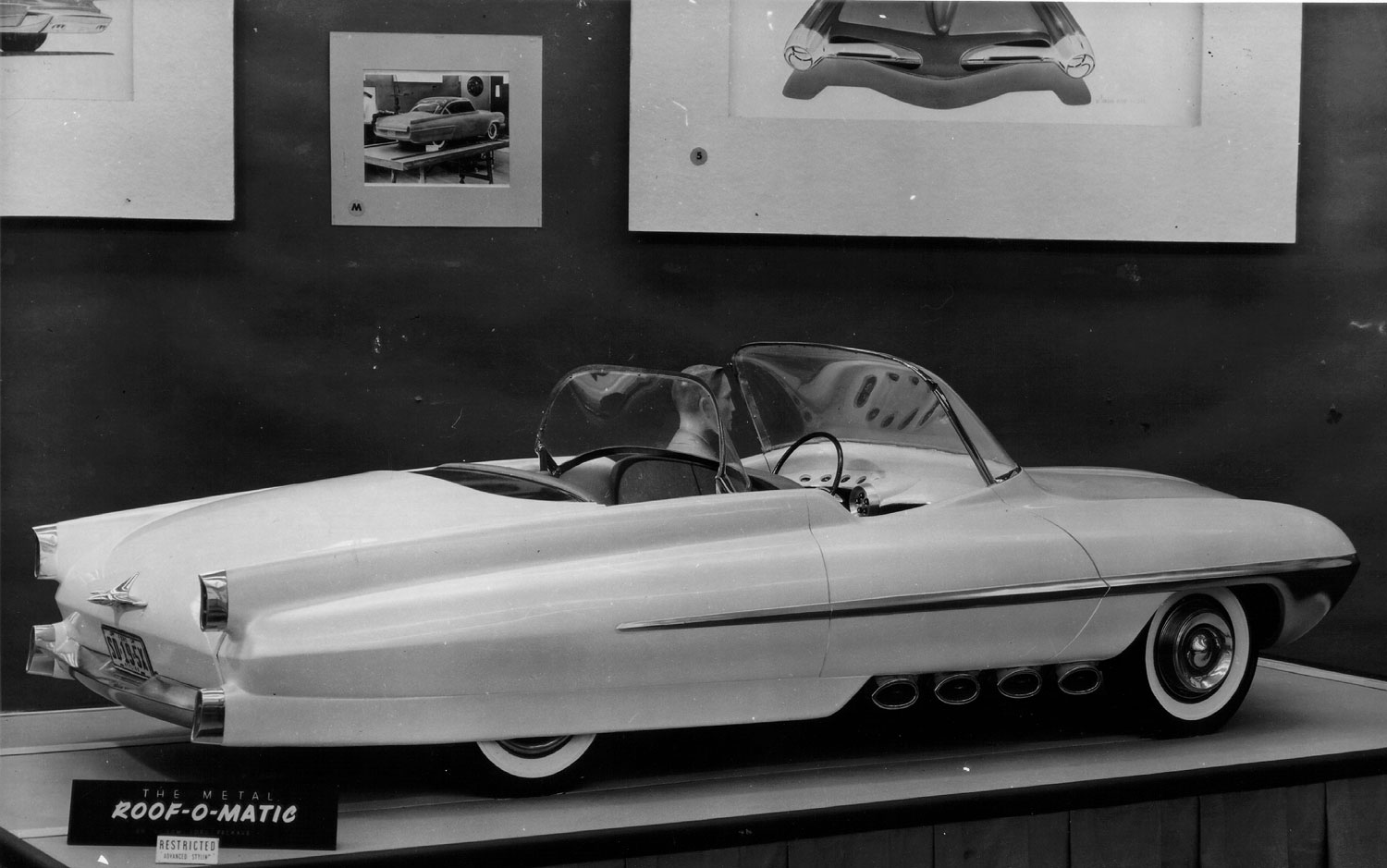
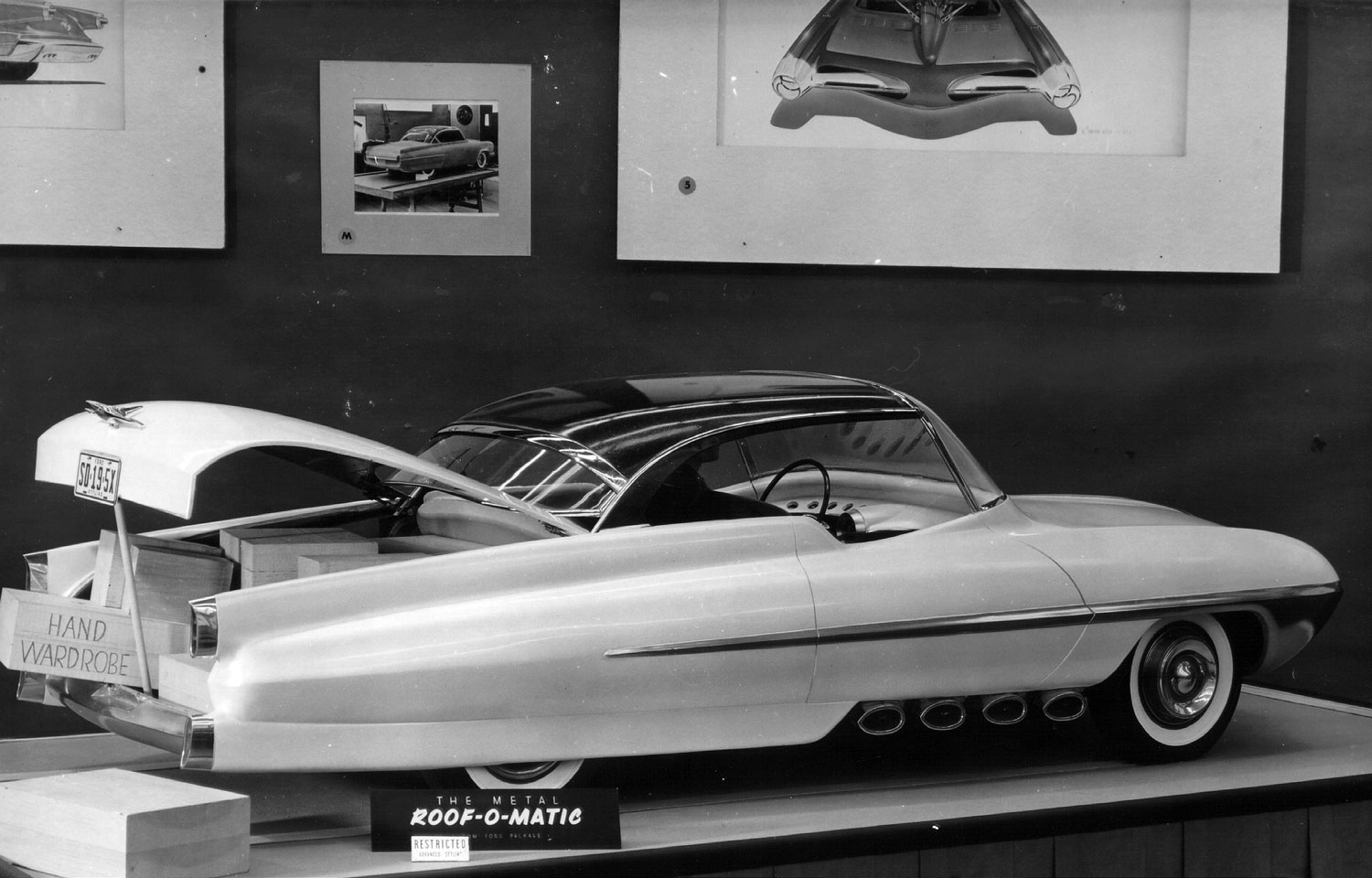
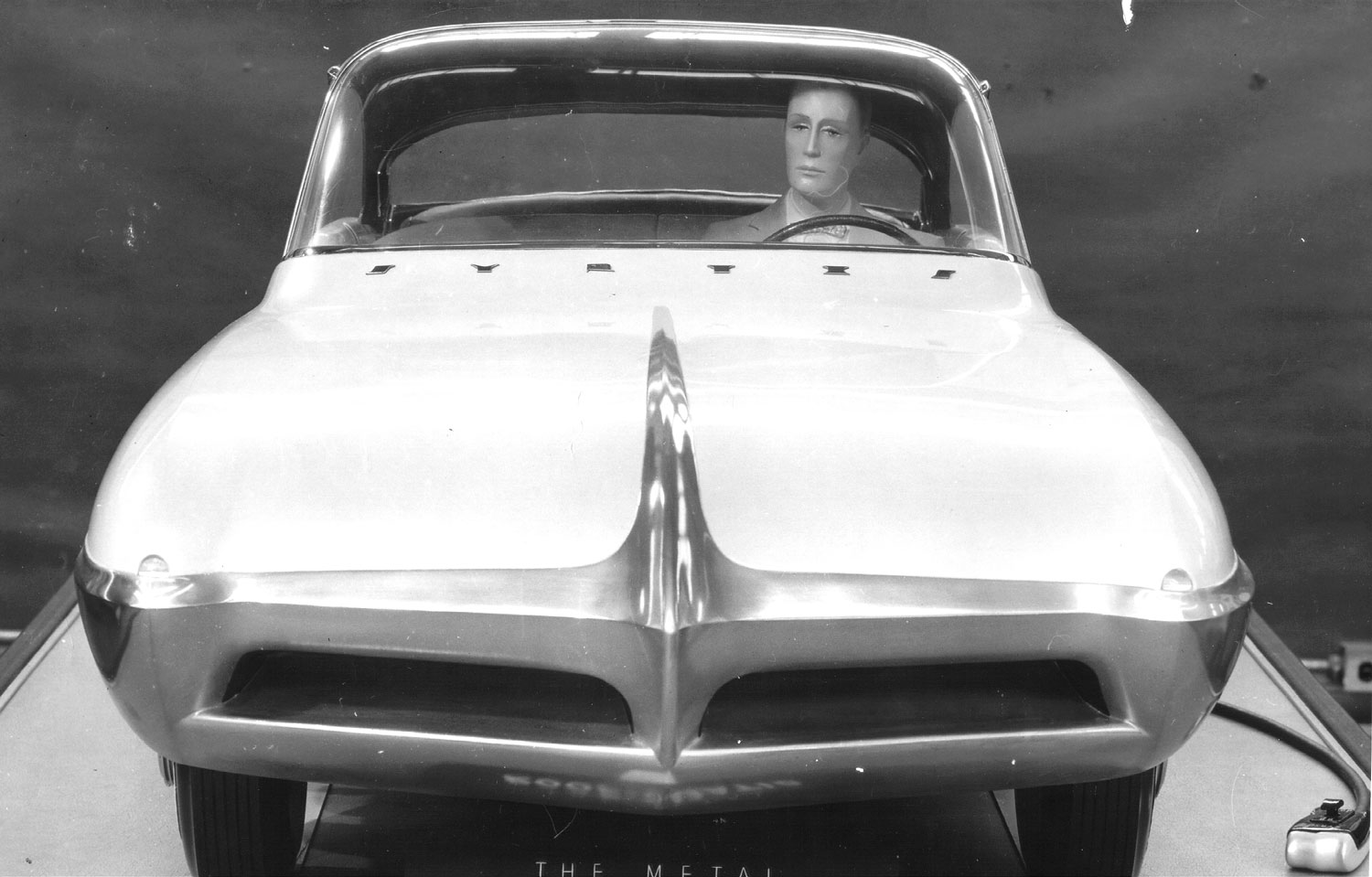
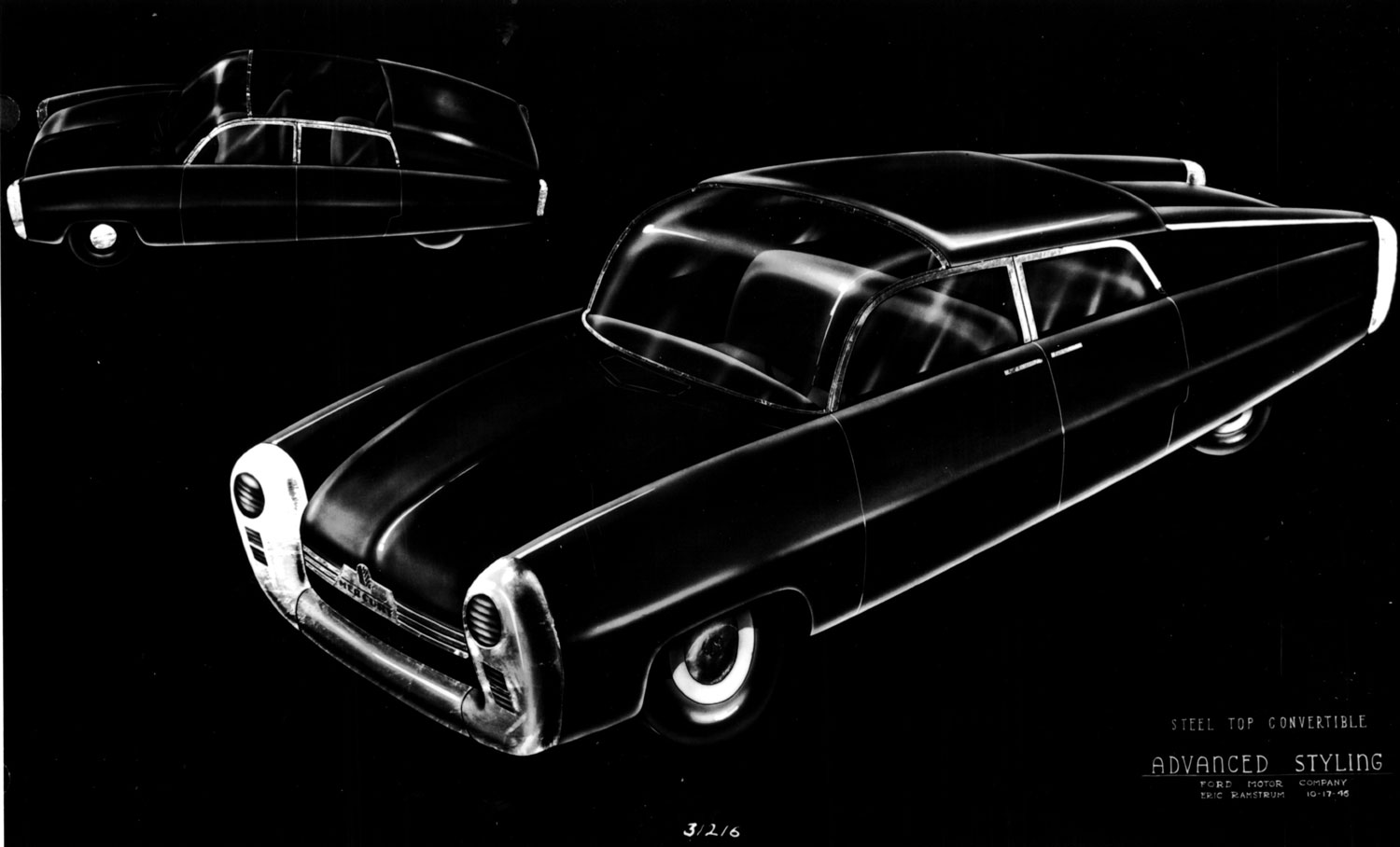
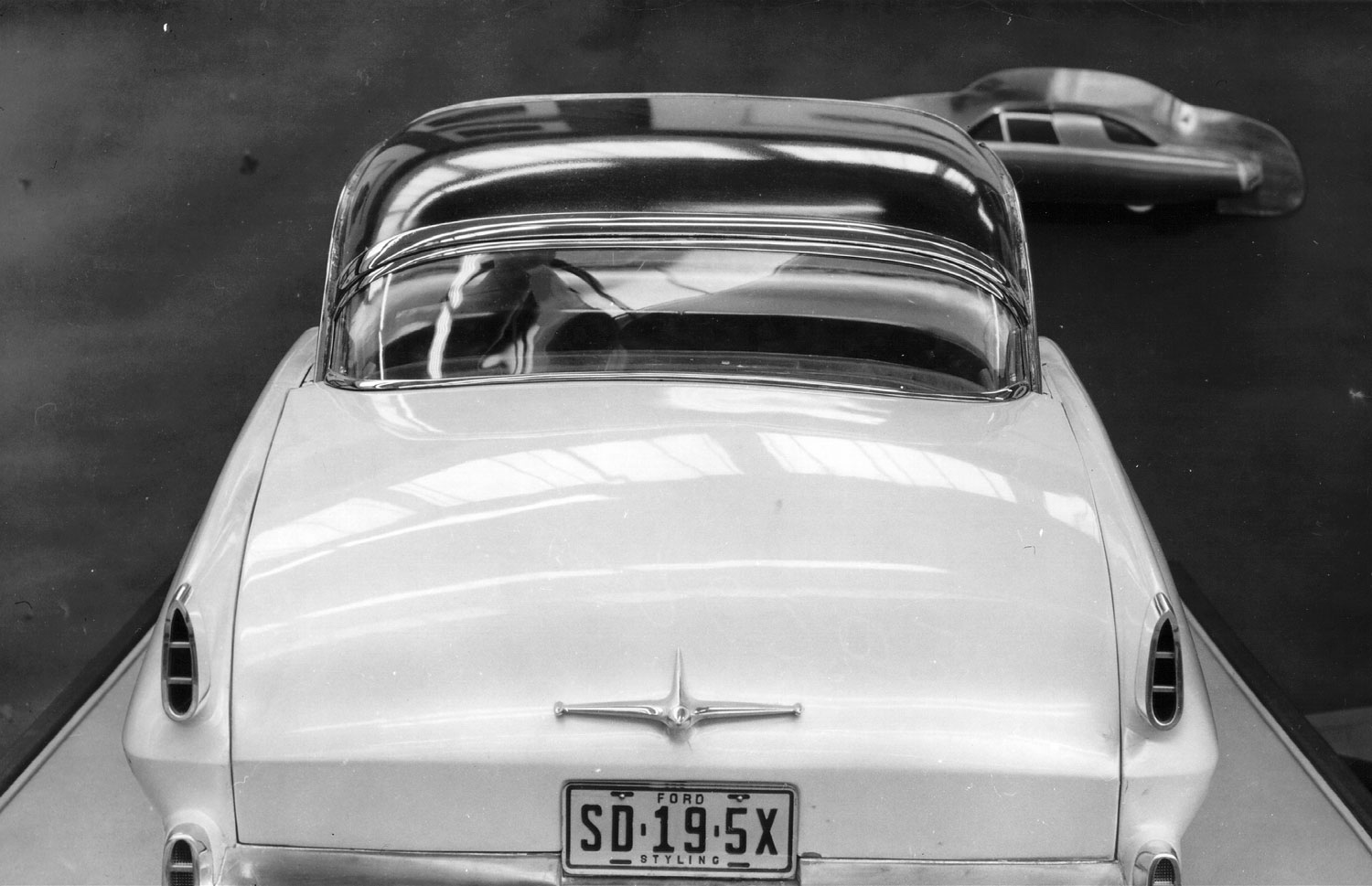
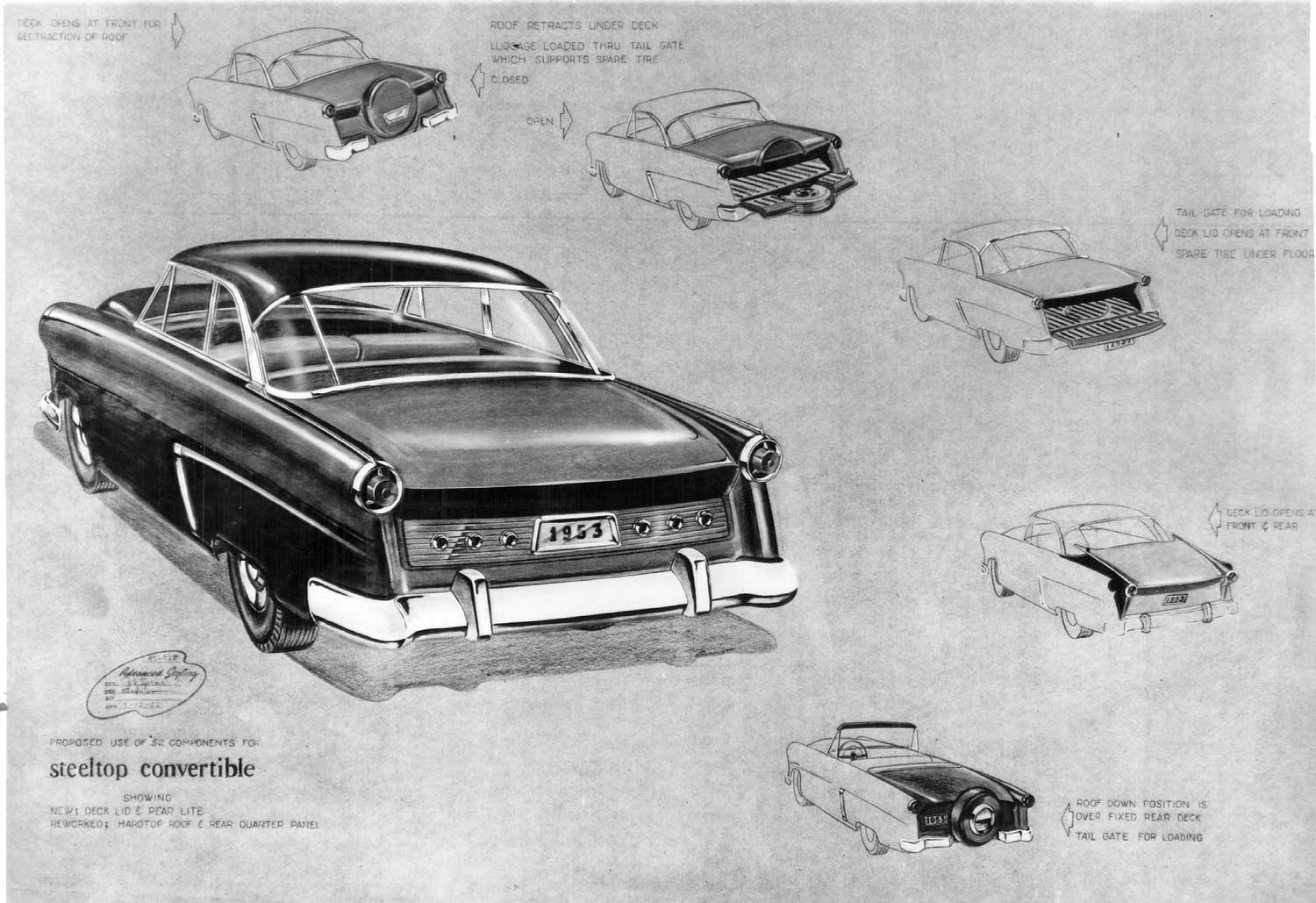
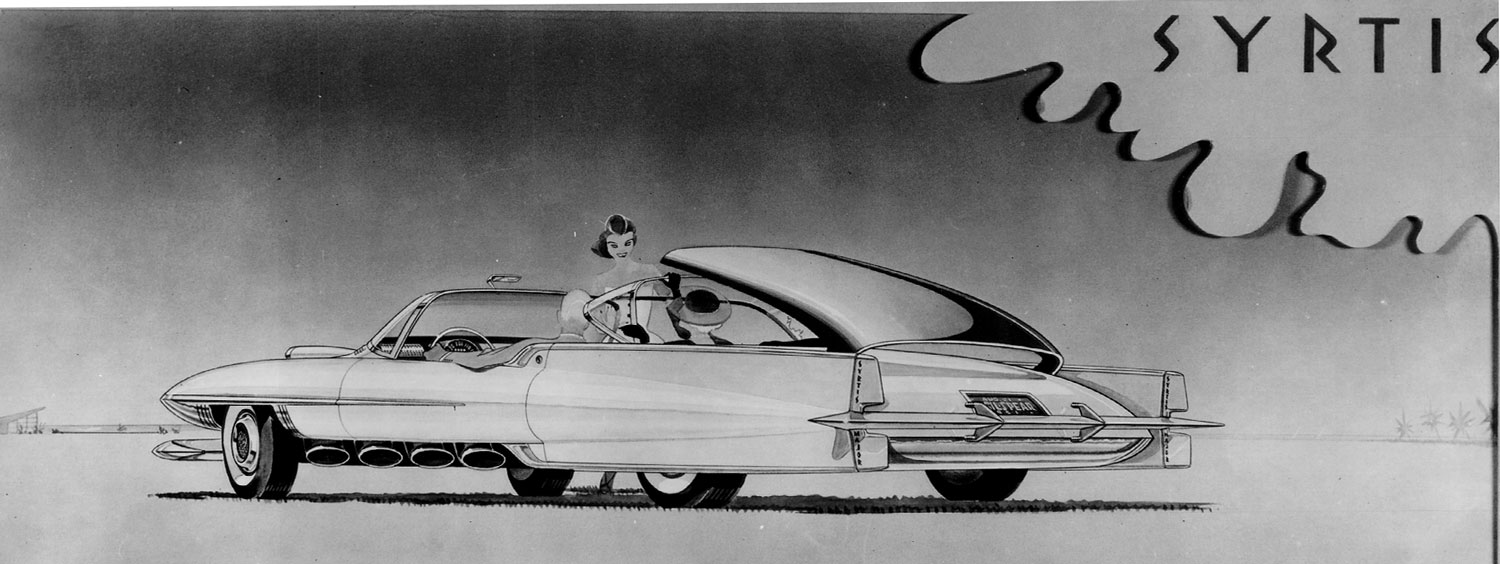
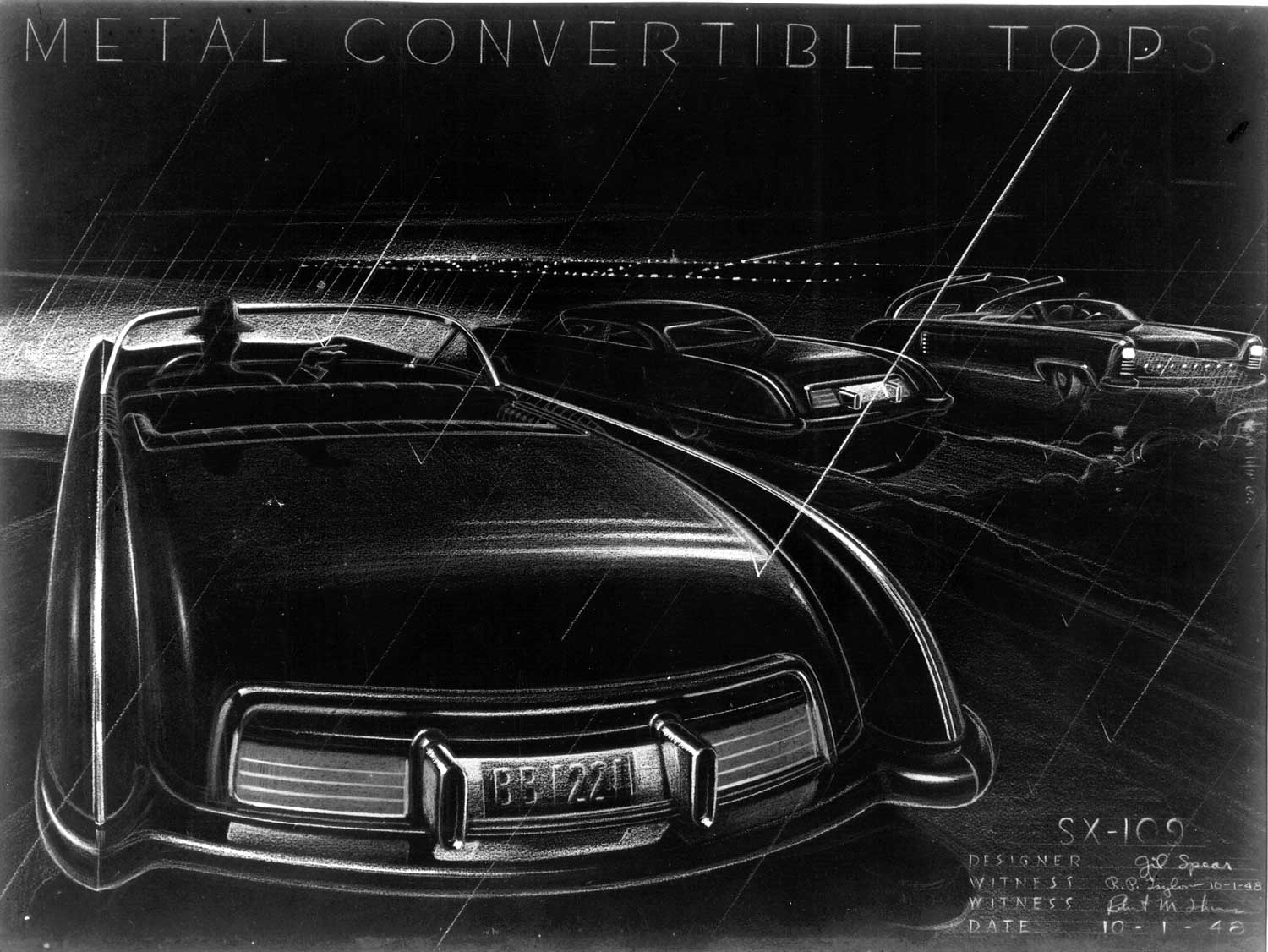
My neighbor in MI back in mid ’60s bought one and parked it in his driveway. I liked the mechanics, but my dad asked where the luggage would go. My dad had a pattern shop and did years of work for GM and a ton of others. He wasn’t being malicious, just practical.
I thought about this car a few months ago.
Chrysler had Ghia build the Chrysler Dart in 1956. This had a retractable hardtop. For 1957, it was updated to a convertible and the fins were cut down and was toured nationally as the Diablo. A hardtop version was built by Ghia and sold in very limited numbers for several years.
I thought Georges Poulin and Marcel Pourtout came up with this idea in the 30s with the Eclipse design on Peugeots, Panhards and others?
Great article. Love the documentation of the thought process and the working scale model. It’s interesting they there was a resurgence of retractable hard tops not too long ago. Having worked with ASC on the production Chevrolet SSR, I know the unique engineering task required to make all the parts work together and not compromising the styling.
Actually, the Mark II Retractable concept was by Ben Smith and was nothing at all like this car. The Ford Retractable came about as the result of Ben Smith’s concept, not this.
This uses a simple roller system while the Ford retractable uses linear actuators that moves levers and cables.
First, anybody getting into the ring with Barry Wolk’s comment?
Second, the drawing #6 shows the critical difference between the Spear idea, which makes at least some kind of practical sense, and virtually all the others. I have never understood why anyone would want a feature on their car that prevented you from using it as a normal car. So I still don’t “get” the idea of having a retractable roof that blocks the whole trunk out of usefulness. Dad had a Cadillac XLR…nice car…had very little trunk space to start with…and with the roof down had none at all. He once left a quart of oil in a corner of the trunk…put the top down..ended up having the whole trunk liner replaced.
What a great story!
Designers can be persistent when they have an idea that hey really believe in.
In the mid sixties at GM Design in Overseas Studio we did a small sports car off of the Vega platform that had removable roofs with a hidden roll bar that they attached to, XP-886. With the roof panel over the driver and rear roof off you could have a dune buggy. There was a single removable panel over the driver and two rear roofs with common attachment points, a Fastback Coupe and a Station Wagon profile for high utility. They were hinged so that you could lift both from the back to access the rear storage compartment.
In both cases the front roof panel was the same and removable. There was a lot of excitement about it, the car was to become an Oldsmobile sports car and we were asked to show it to the GM Board of Directors at the summer meeting at the Proving Grounds. It was an interesting concept that generated a lot of excitement but did not go anywhere.
Designer Graham Bell left and took the idea Ford and they did a concept car for the show circuit.
Jerry Hirschberg left and took the concept to Nissan and they did a production car version. Apparently the idea of being able to change your roof from Fastback Coupe to a small sporty Station Wagon just did not excite people as it only lasted for one production cycle..
It was a fun project, I still have the small sketch of the three versions.
I am very surprised that FORD only offered it for 3 years. They were why ahead of the design curve of today’s offerings.
Norman Gaines, why would you want to duke it out before doing any research, at all? What I posted was verifiable fact. What would convince you?
A Ben Smith concept:
Mr. Wolk, you misunderstand my comment: what I was asking was if anyone had a parallel explanation for the roof design. Actual fisticuffs are not needed. It has been my experience in the Dean’s Arena that almost every concept has a parallel idea attached to it, and I wondered who would bring that out. I’m not disagreeing with you: I just (jokingly) figured someone would have an idea of contention. Play on! Nice pictures, by the way.
Edward P Matula – Ford in fact used the design for much more than just three years of the Skyliner hardtop convertibles. Virtually all the same mechanisms (sequential solenoids, screw jacks, miles of wiring, reverse-opening trunks to store roofs and deployed steel tonneau cover behind rear seat when retracted, were used for the Thunderbird (1958 – 1966) and Lincoln Continental (1961 – 1967) soft-top convertibles. This allowed Ford to amortize the costs of development done originally for the 1957 – 1959 Ford retractable.
Very interesting. Born in 52’ & am familiar w/ Ford h-t conv’s. Was there ever an Edsel p’type? I think I might have seen a 1-off custom at a used car lot in north Houston, Tx. but I exercised maximum restraint & did’nt stop. Regards, RMc.